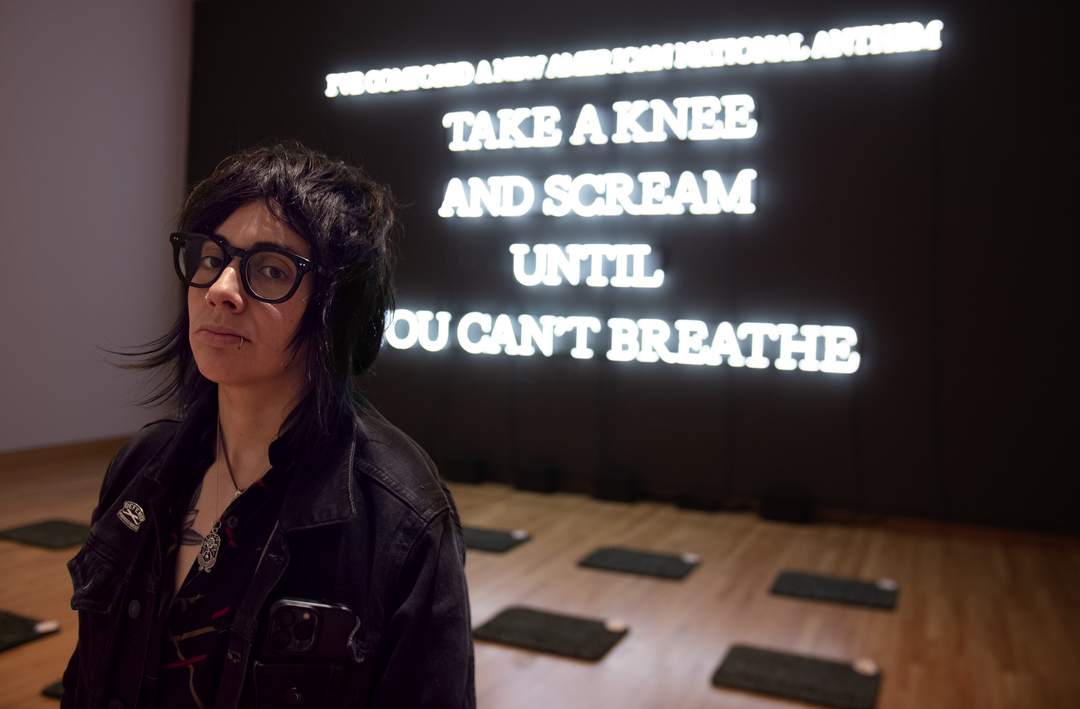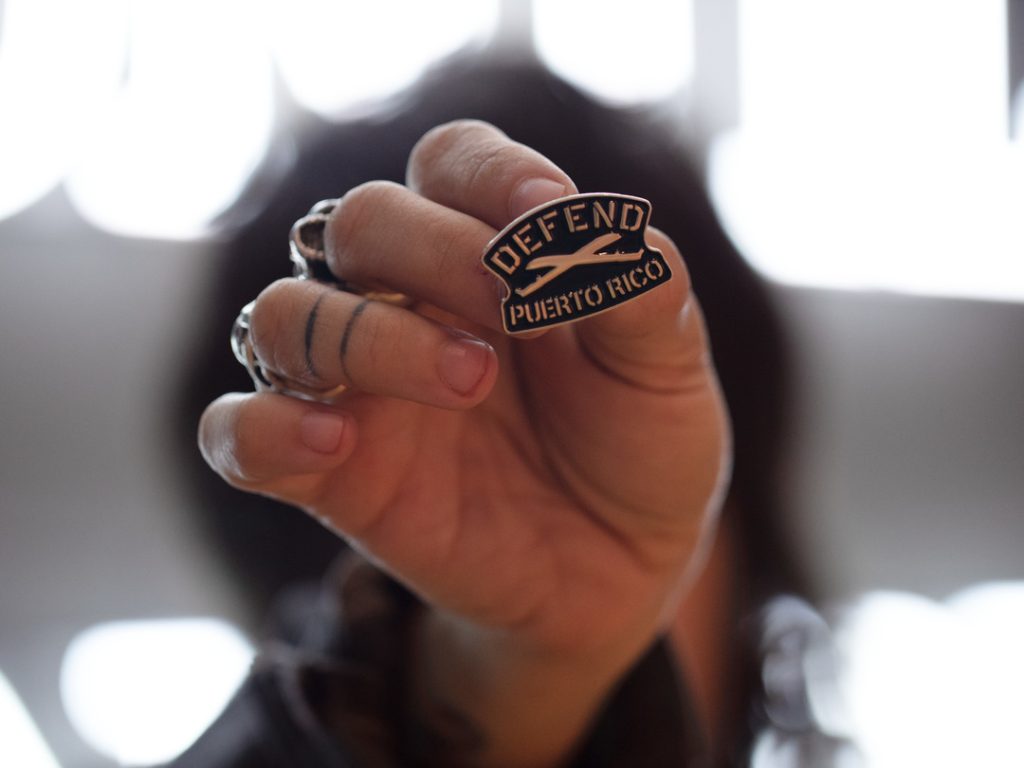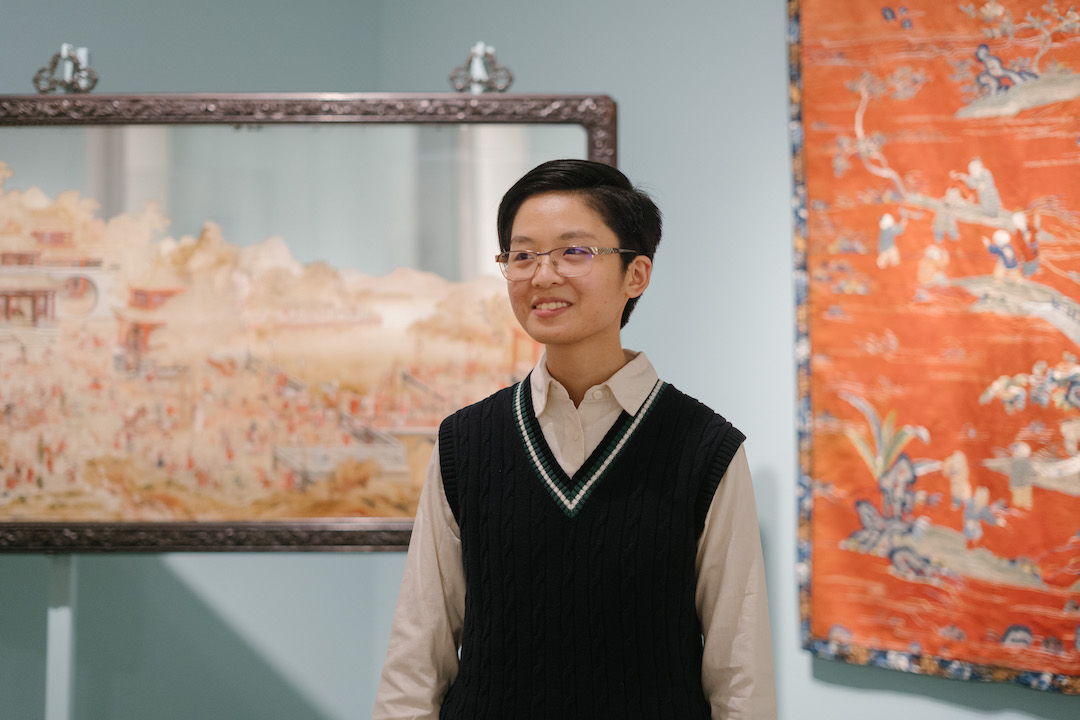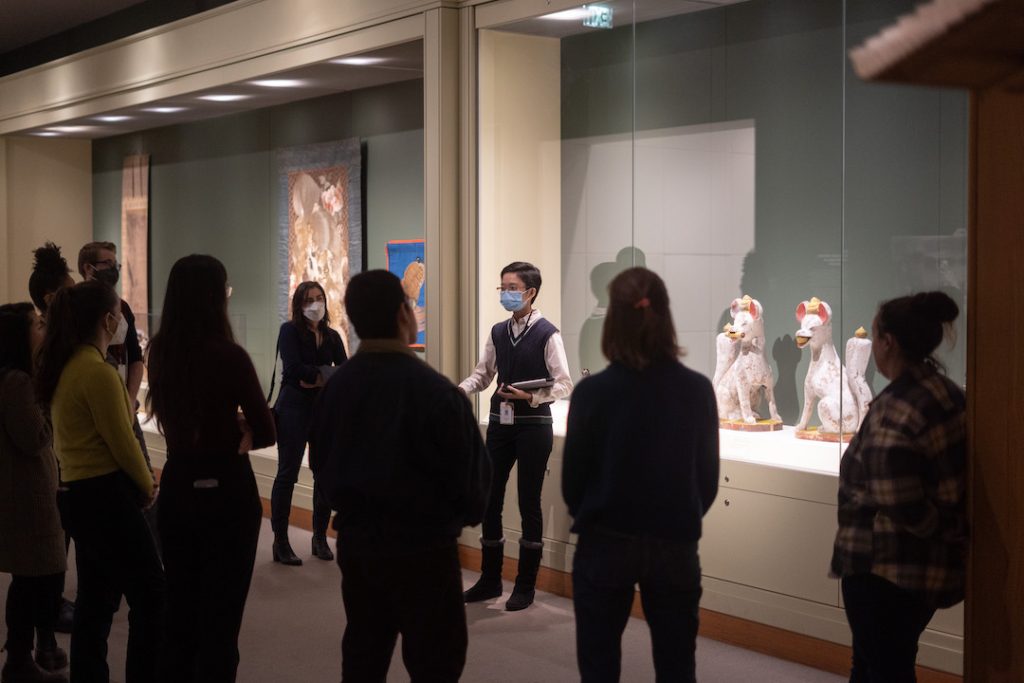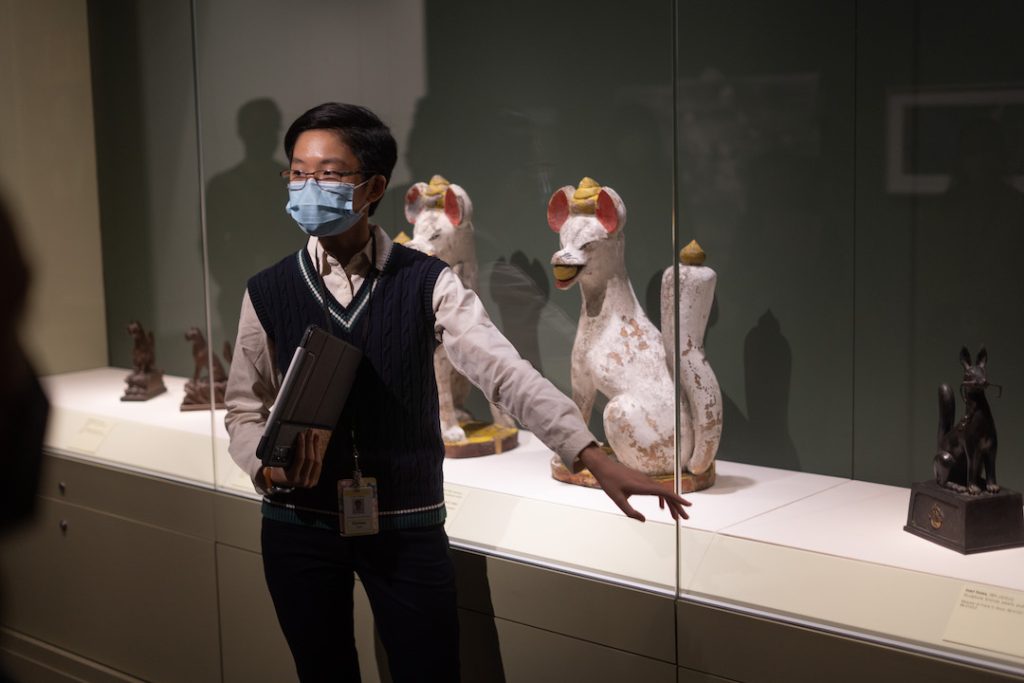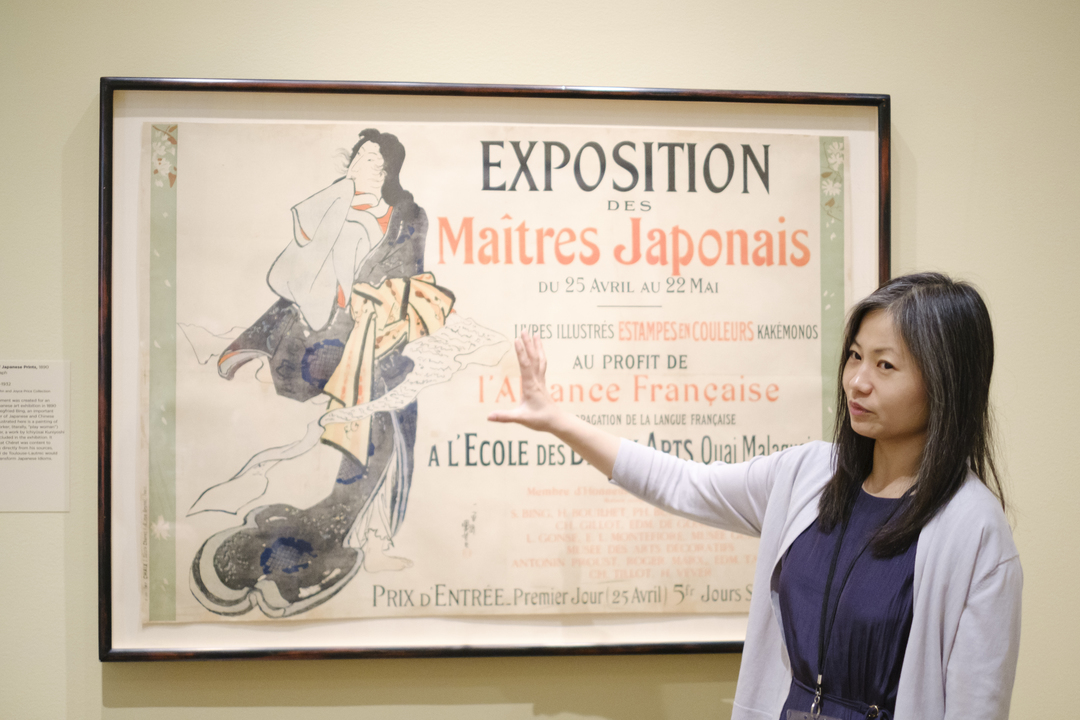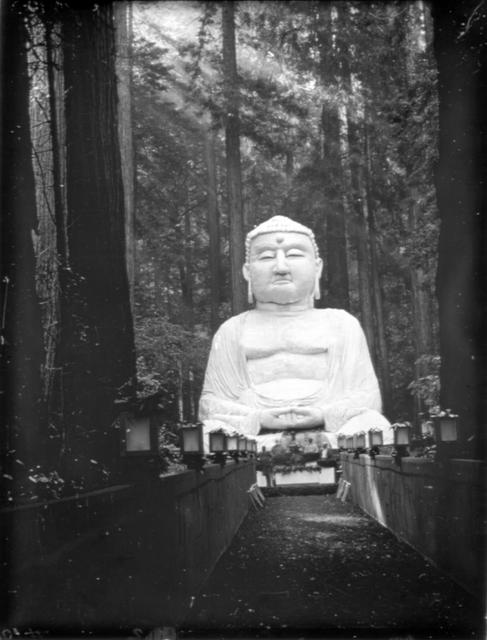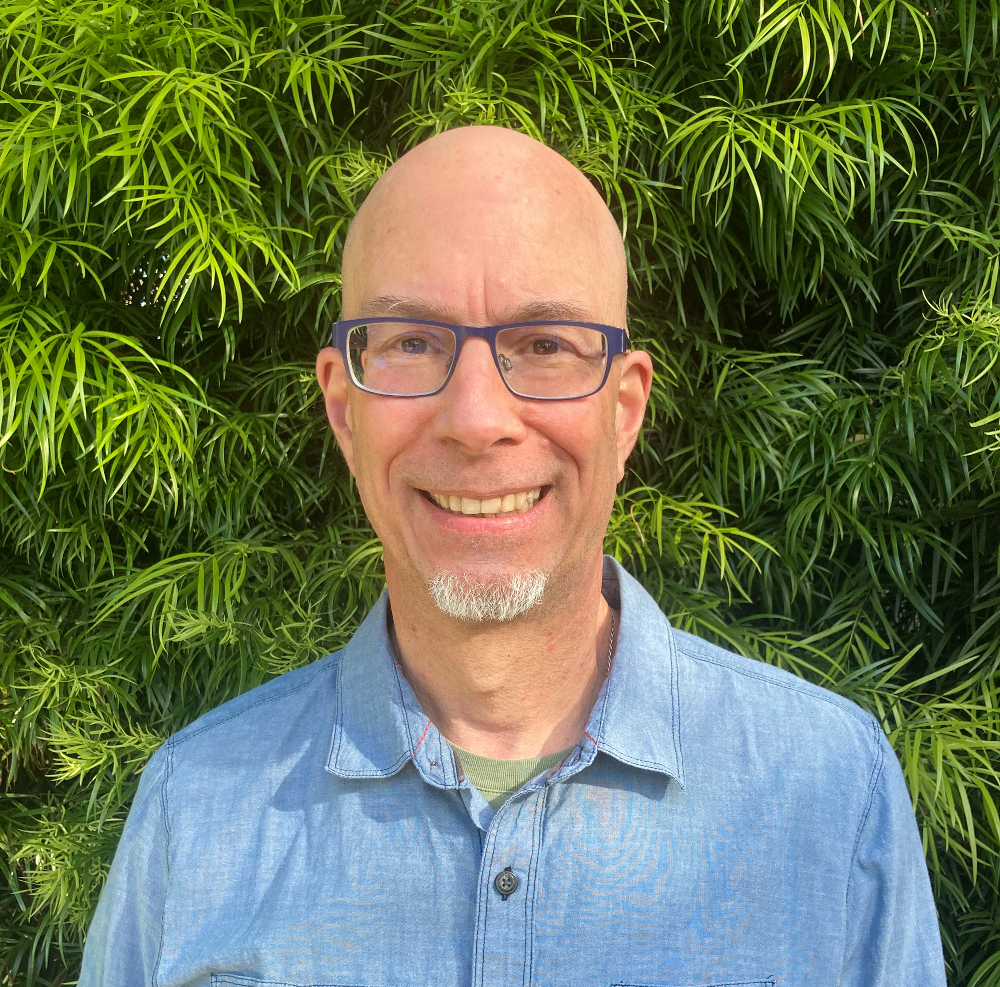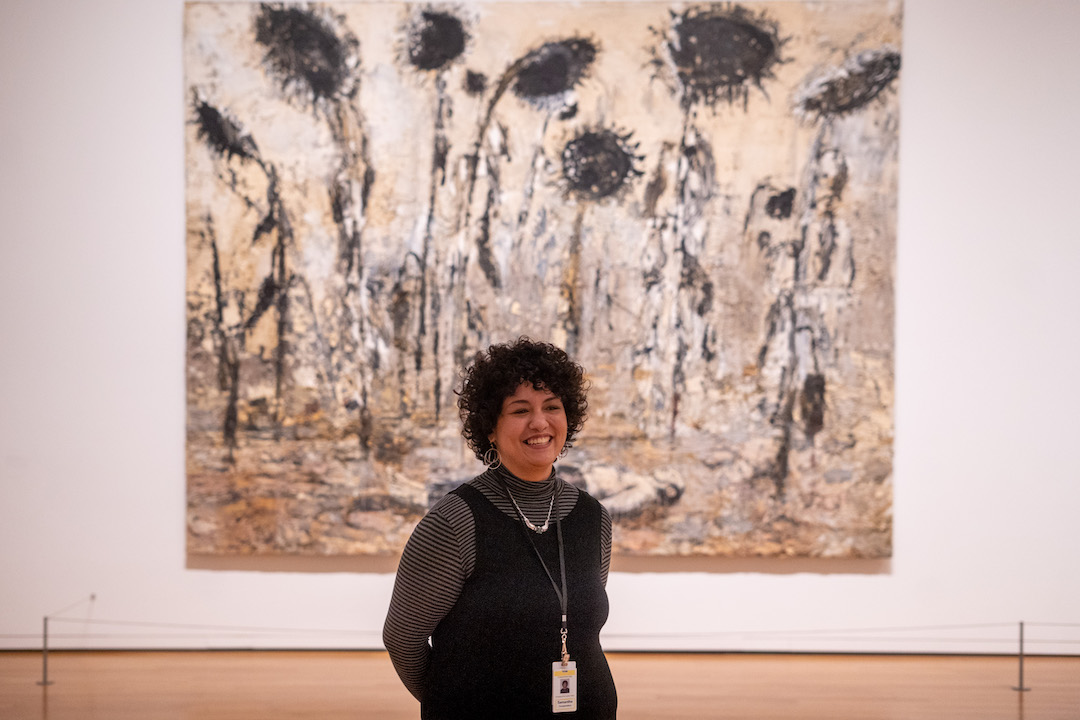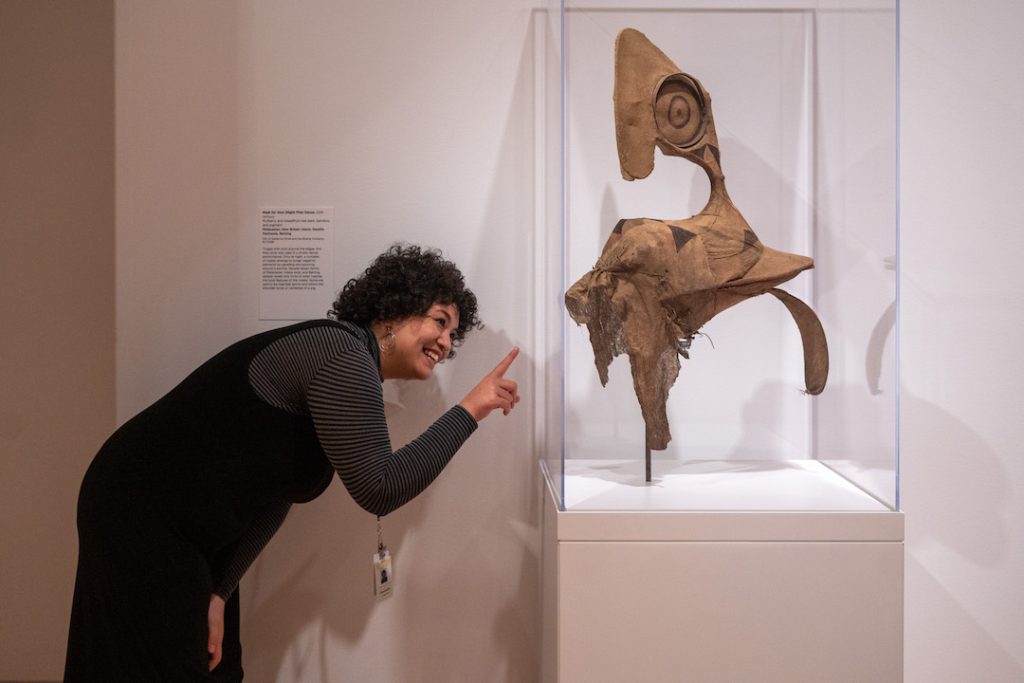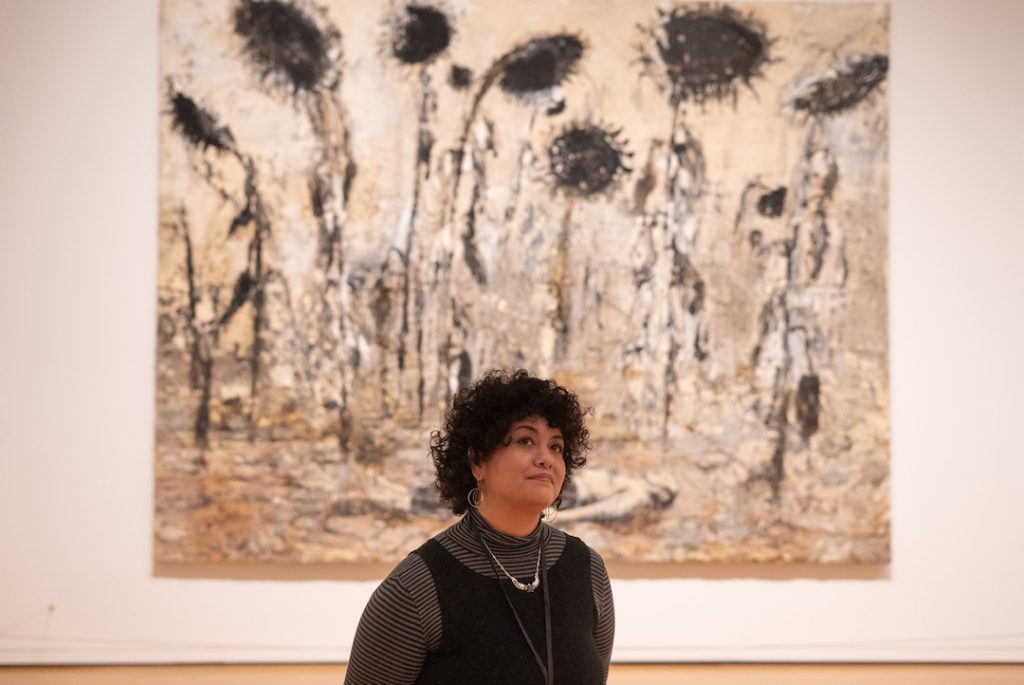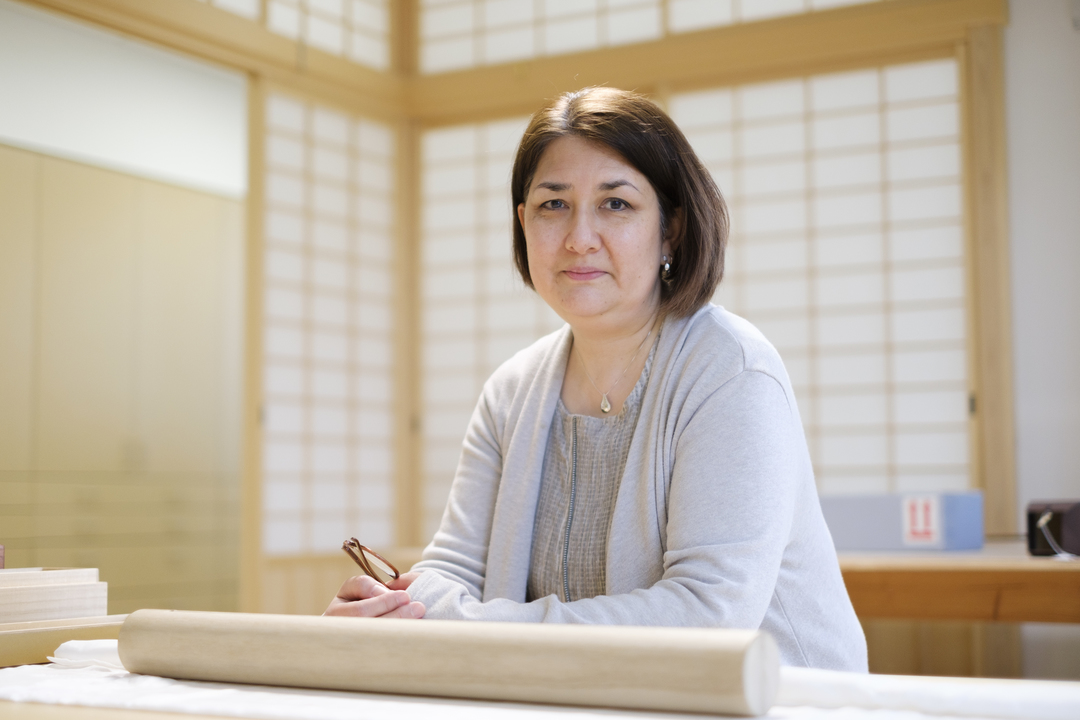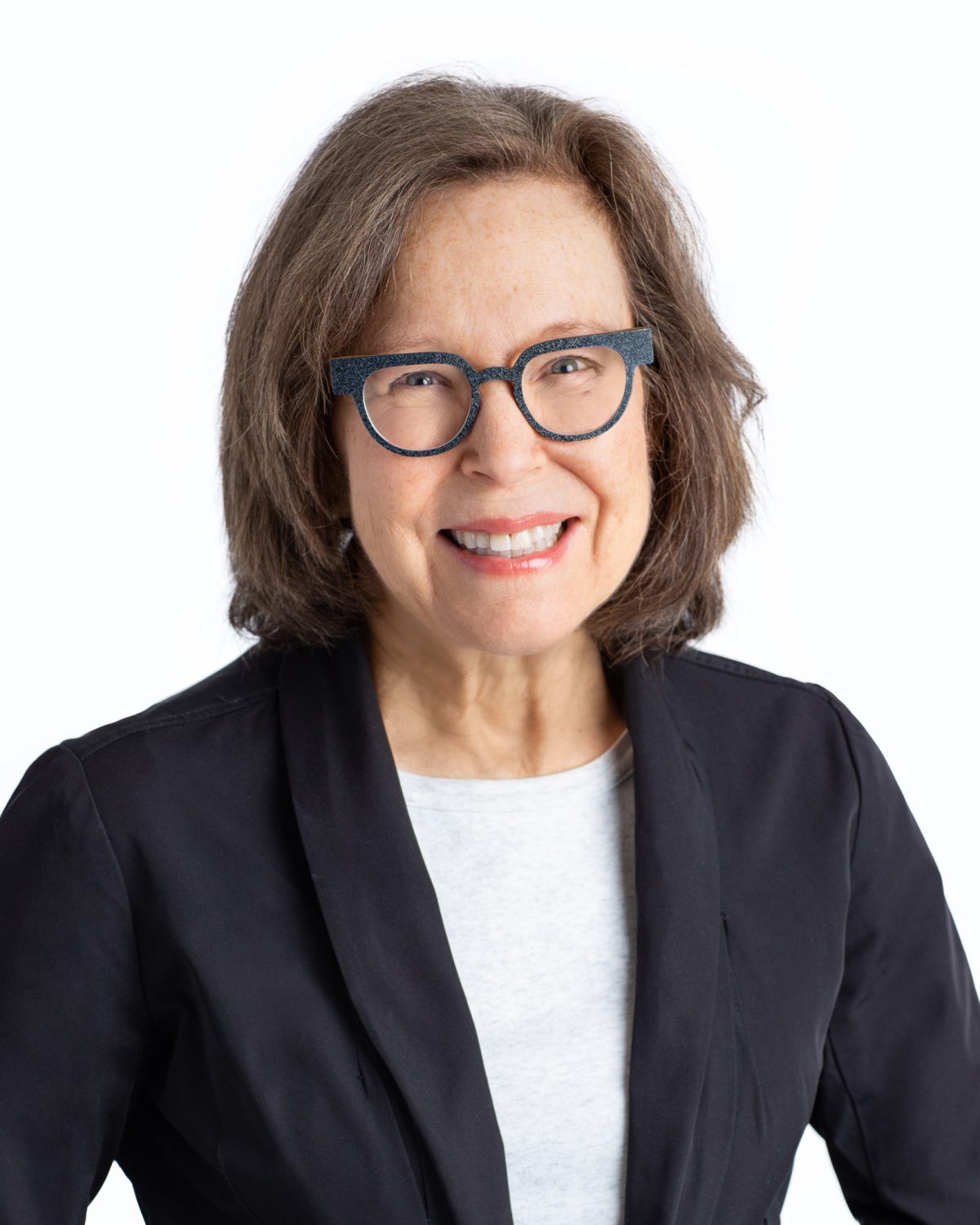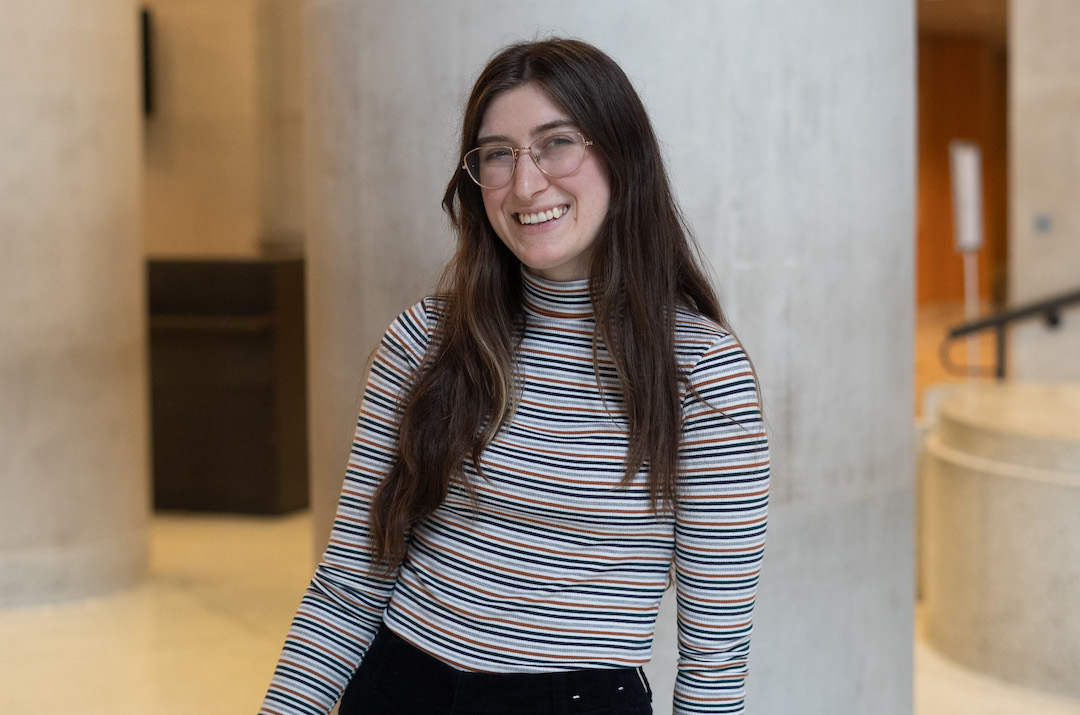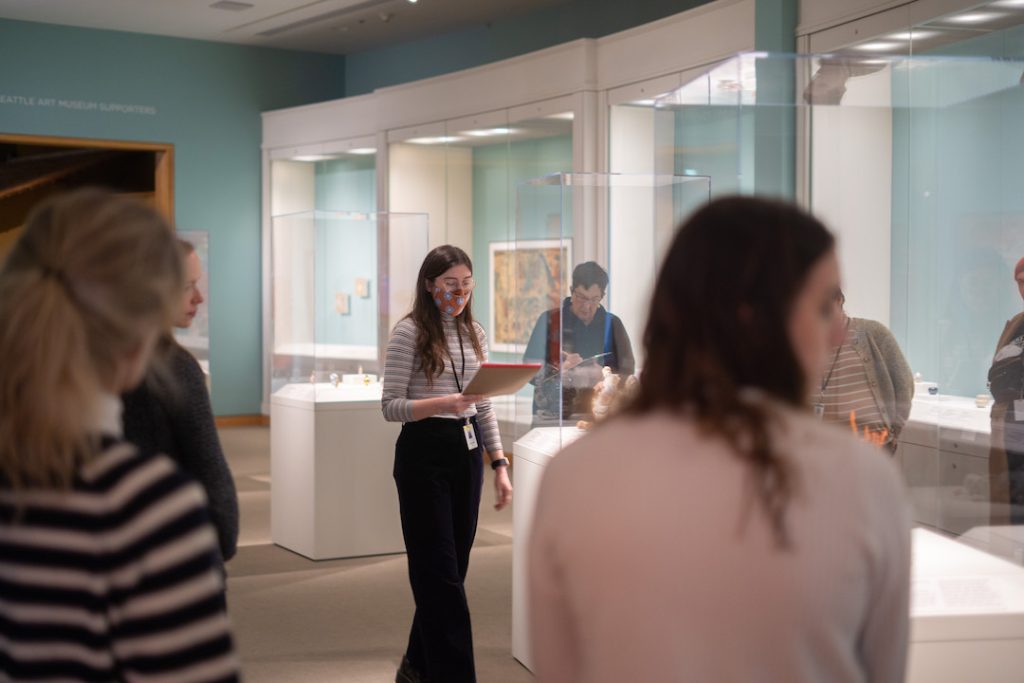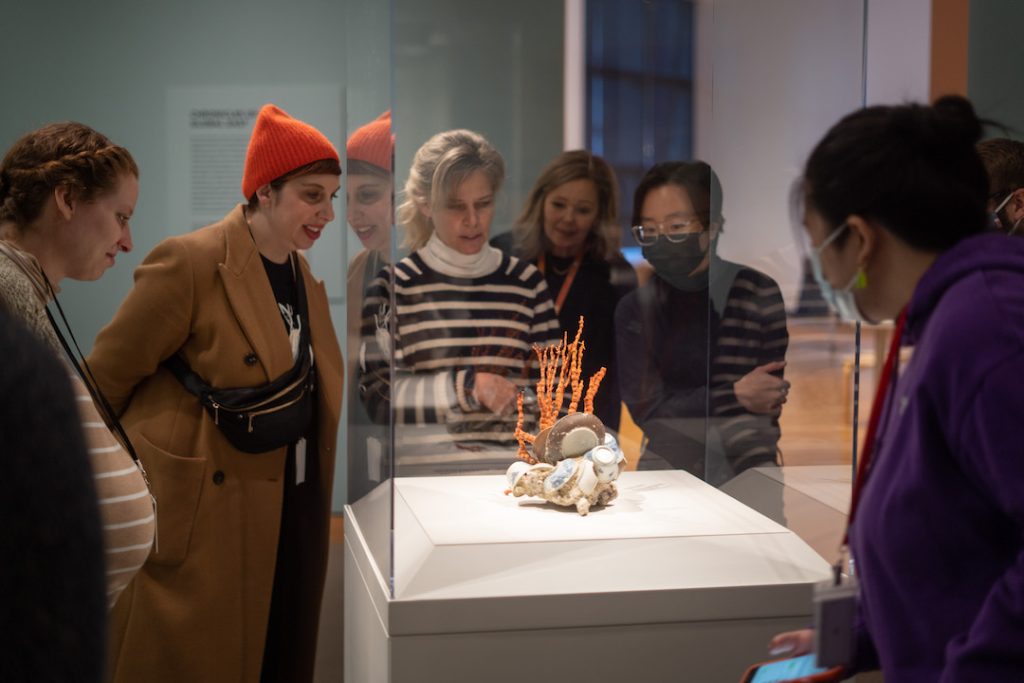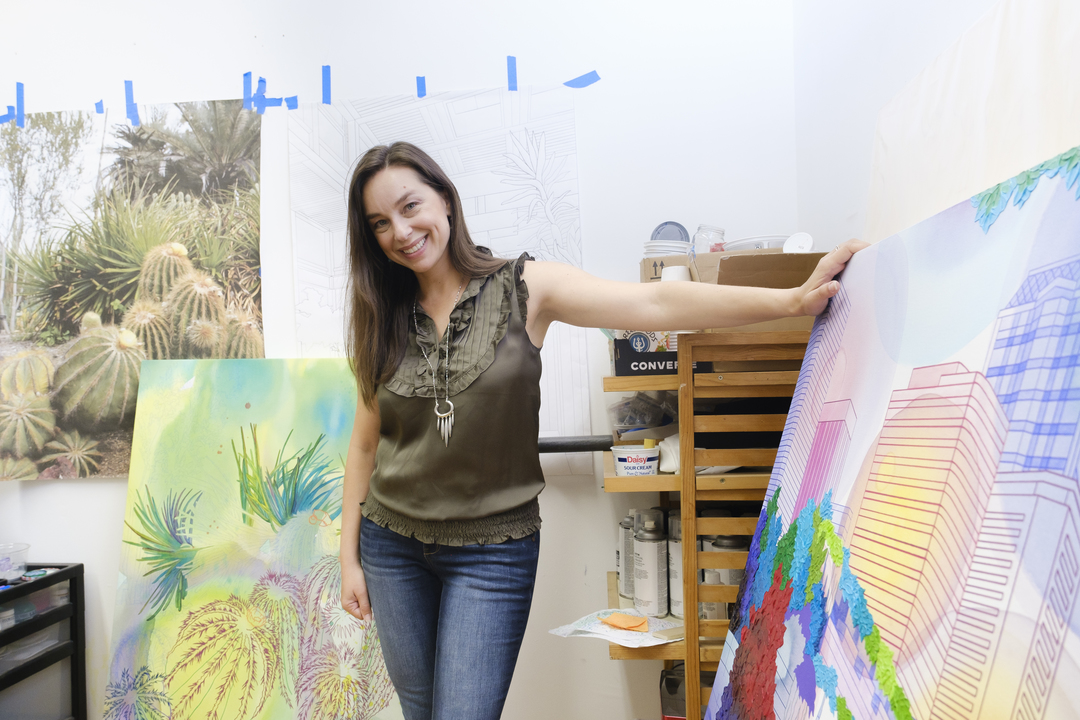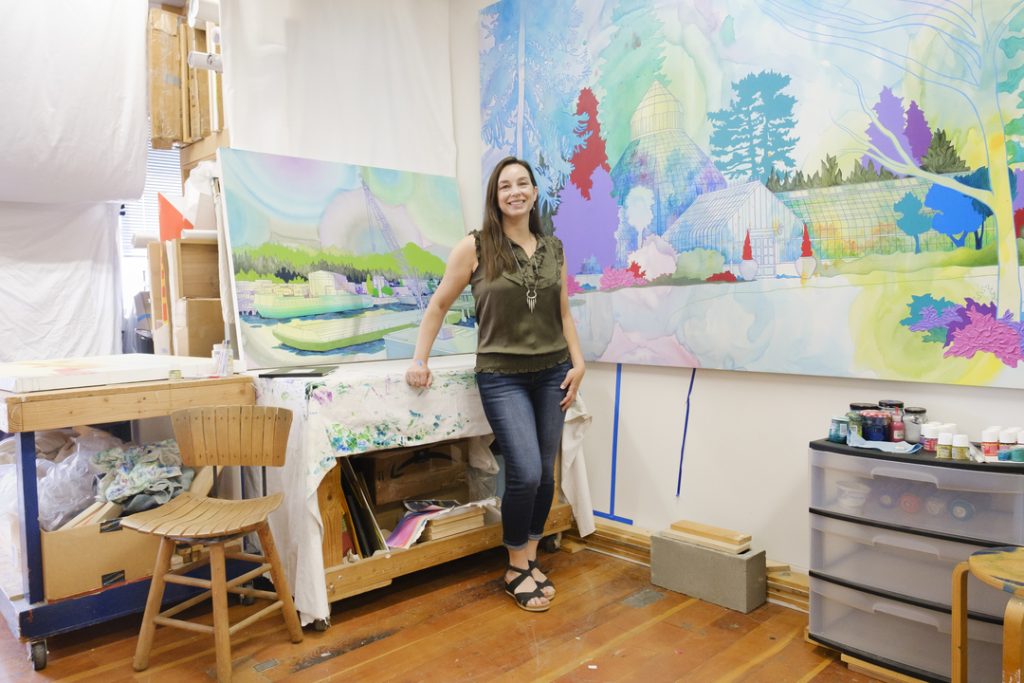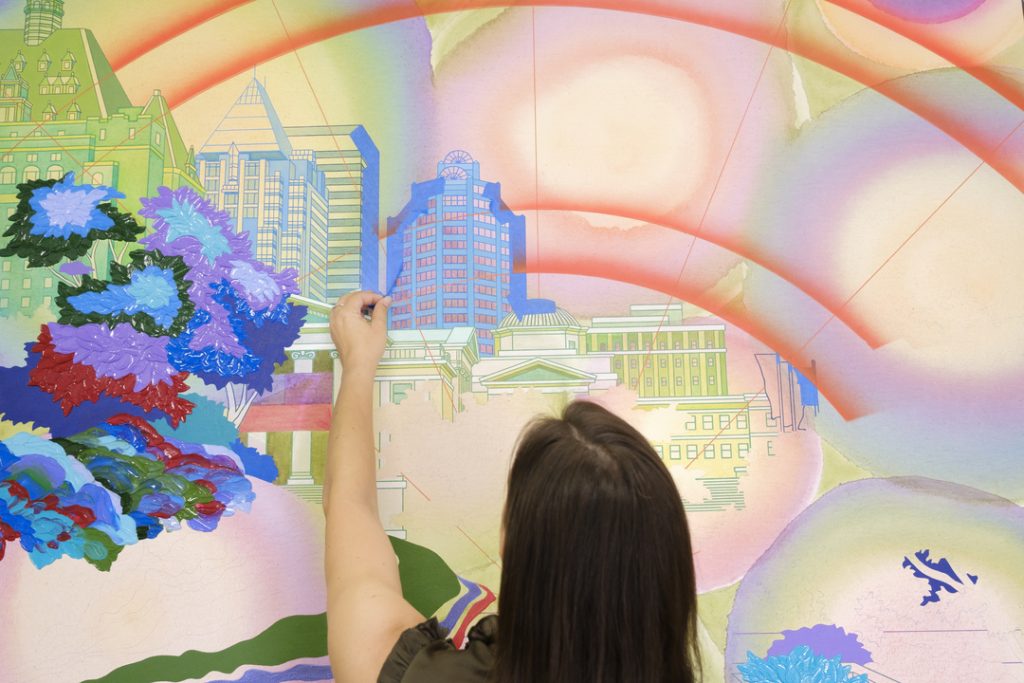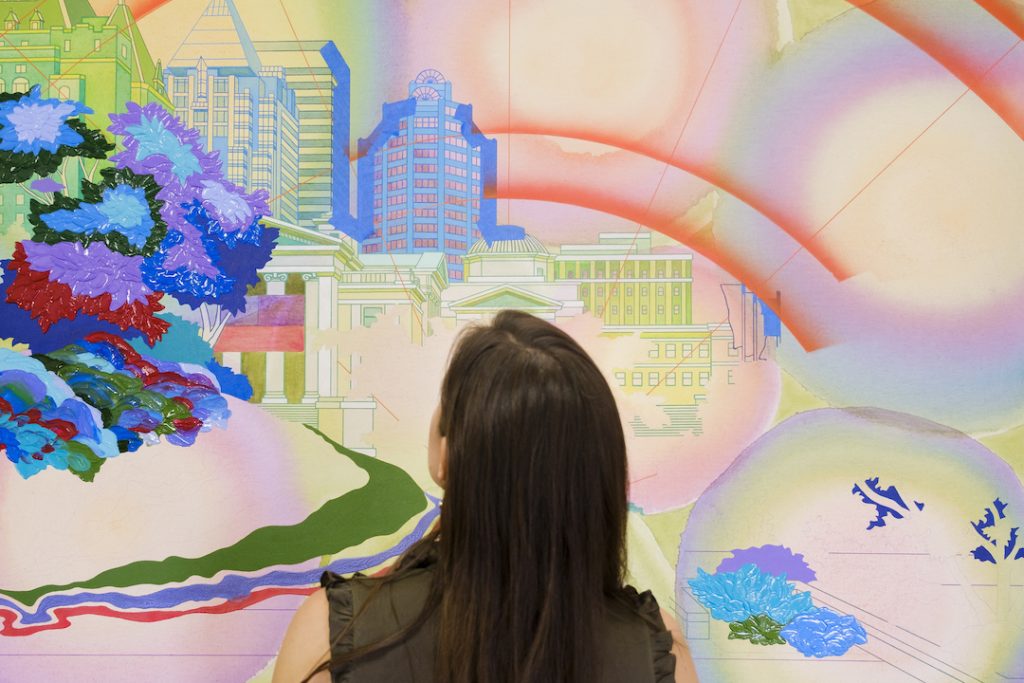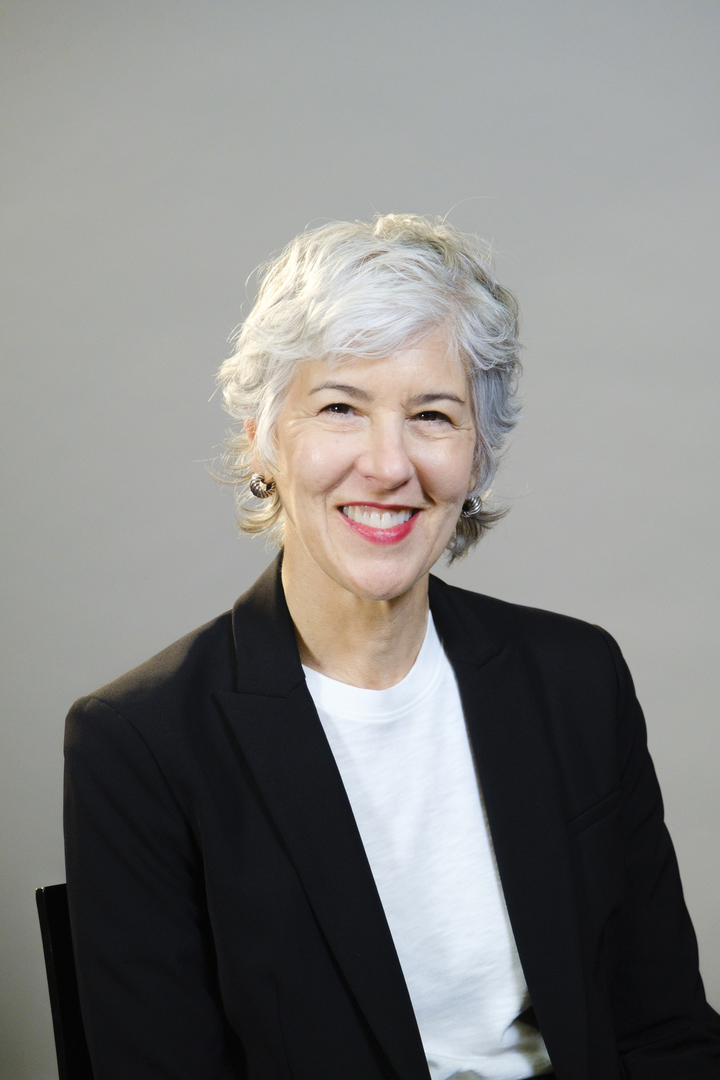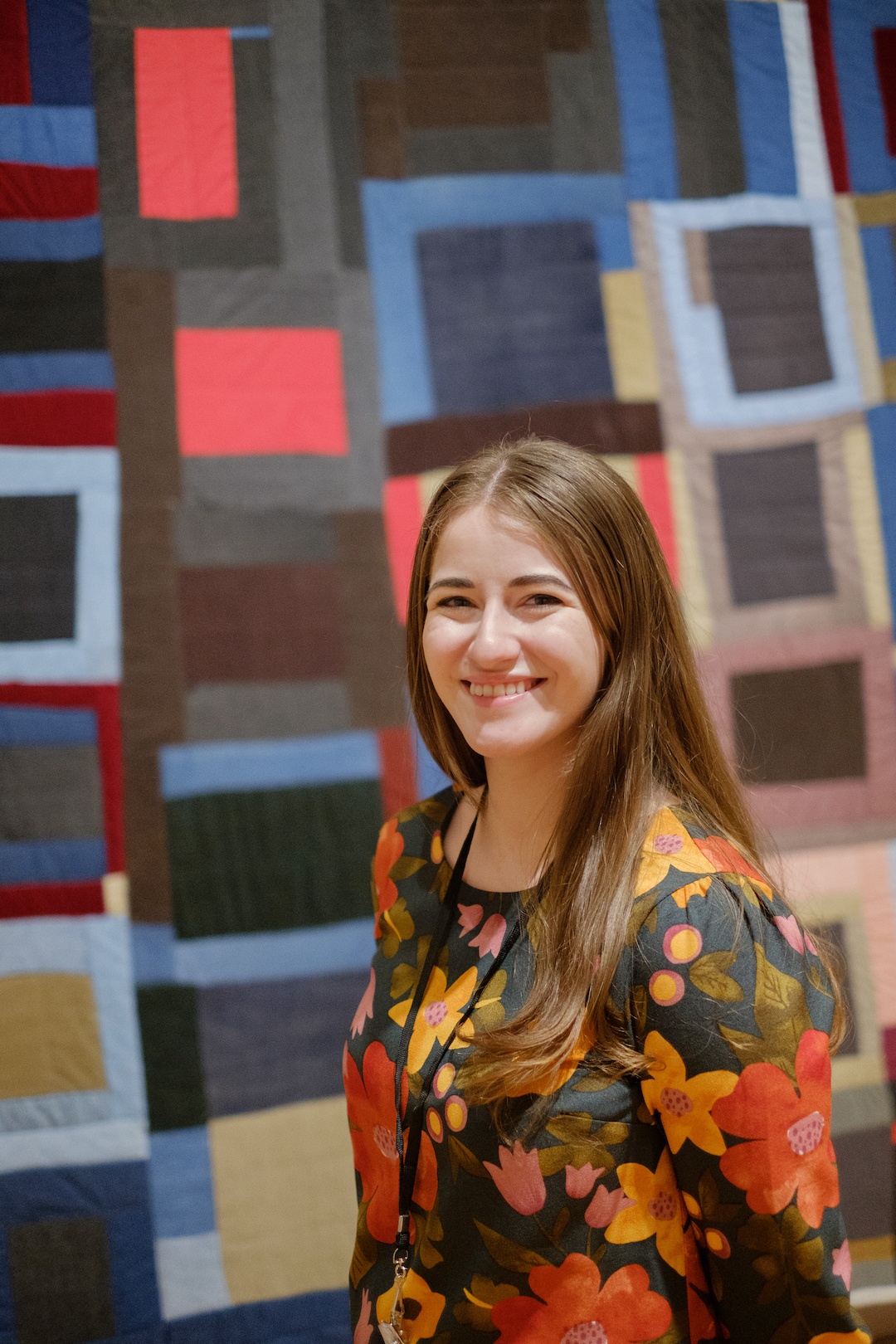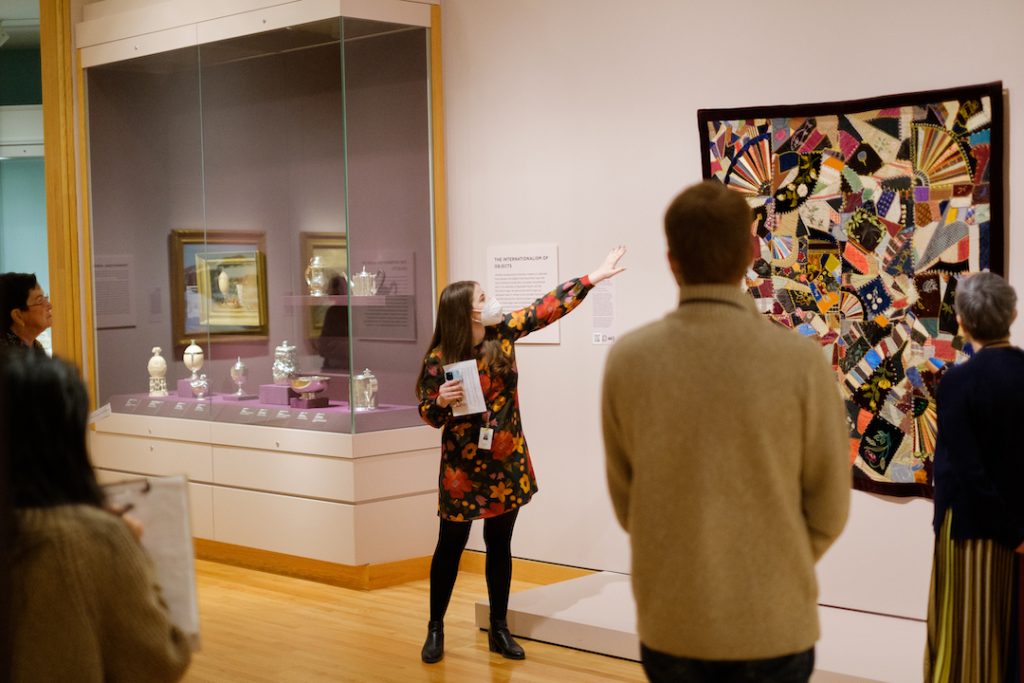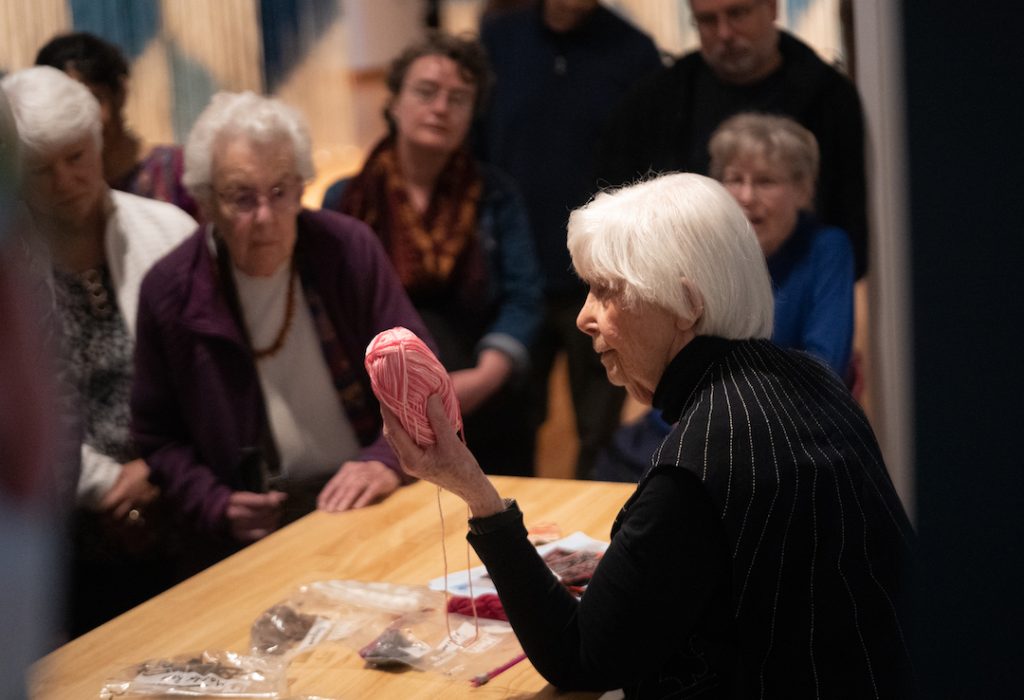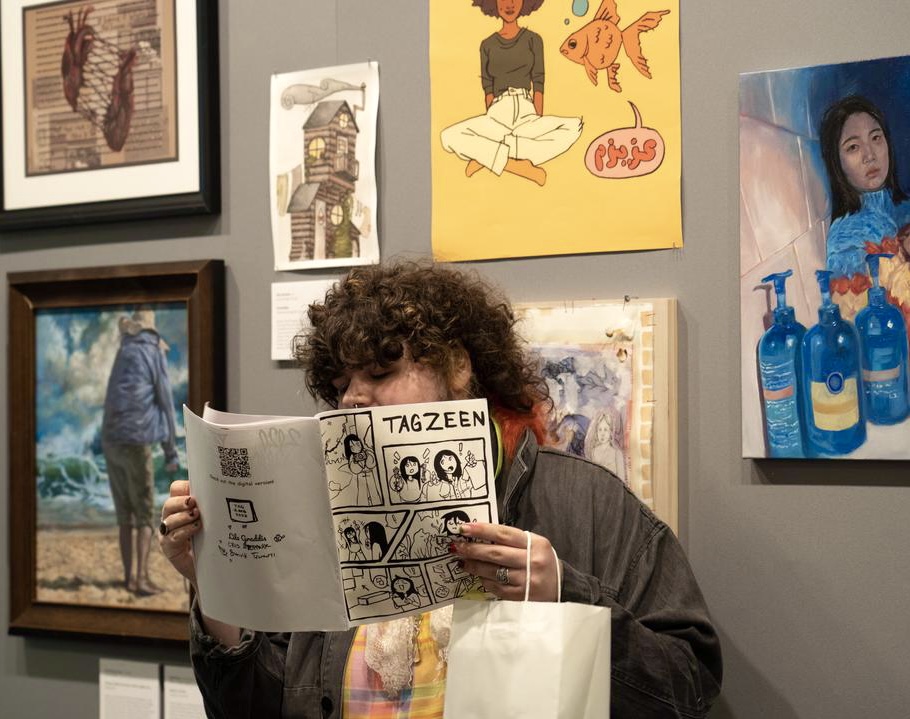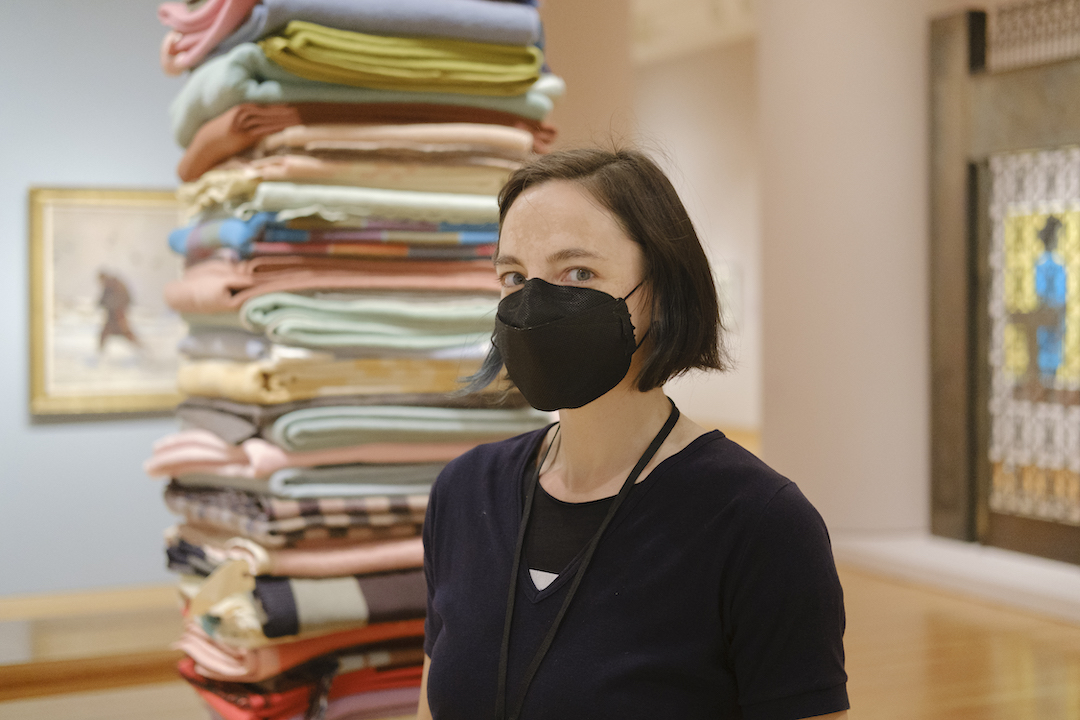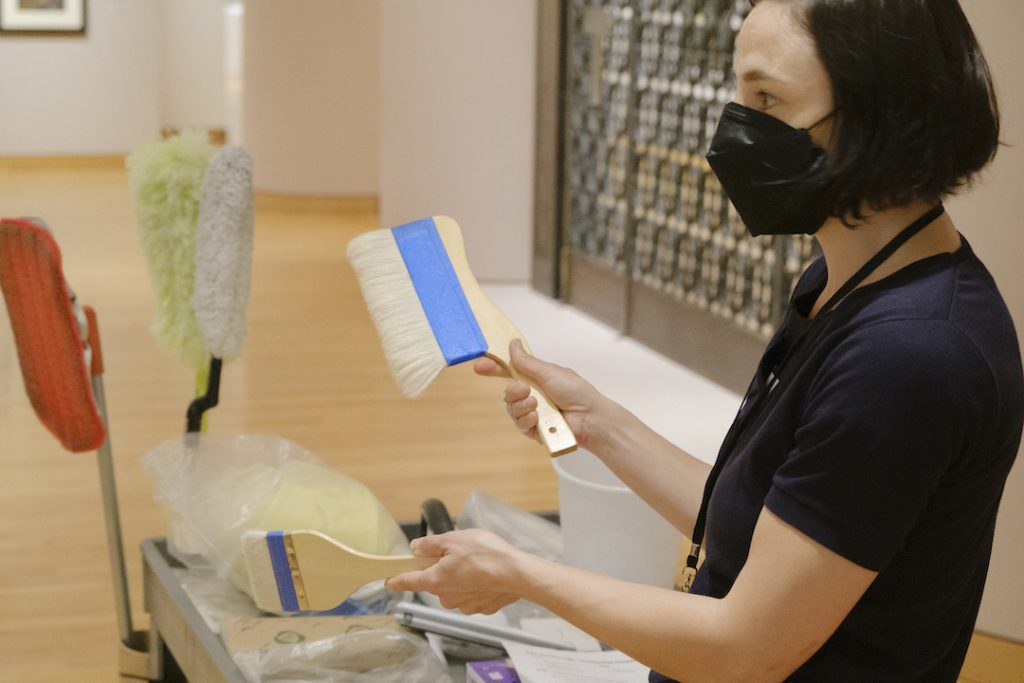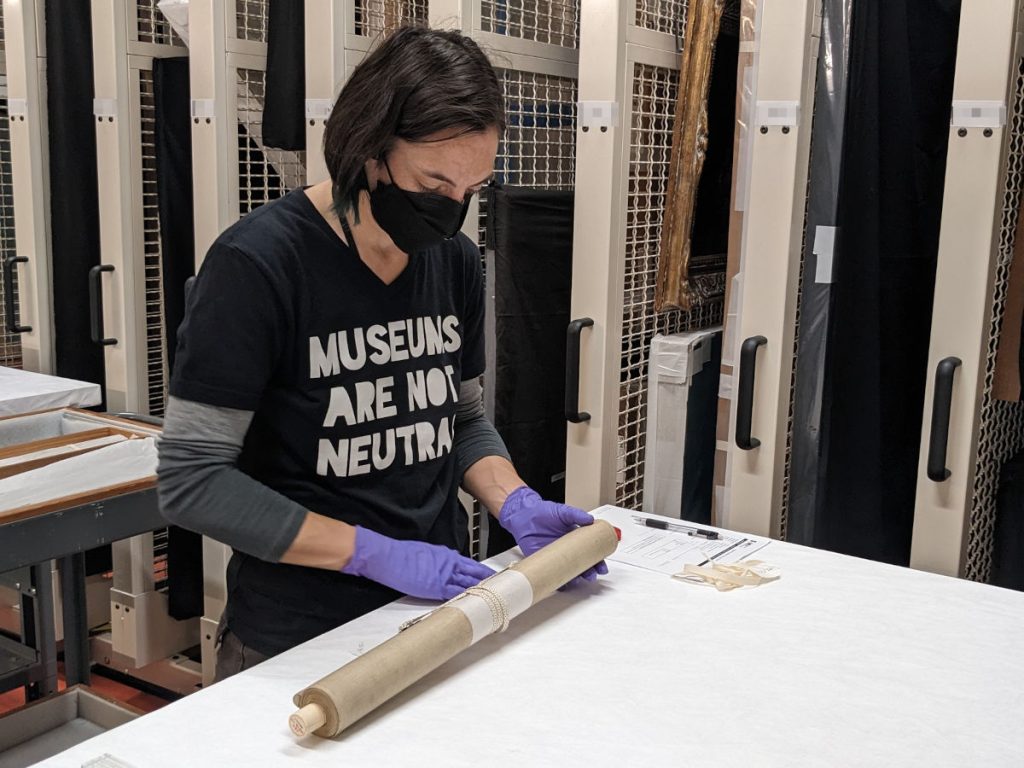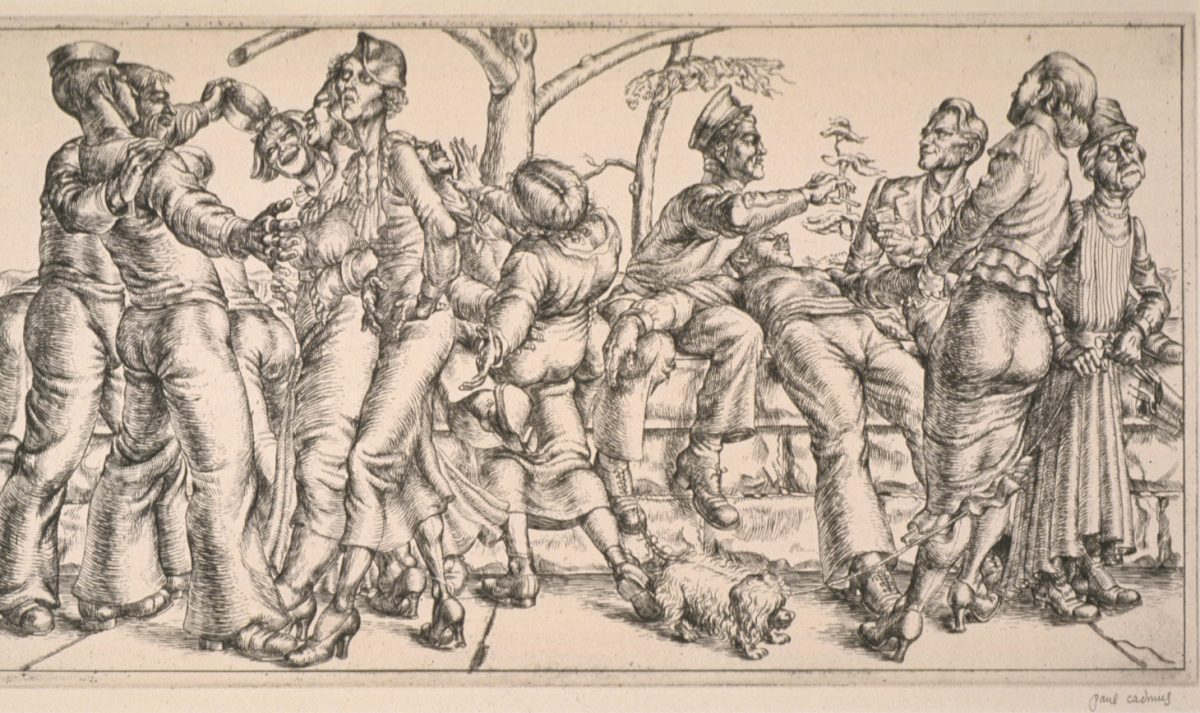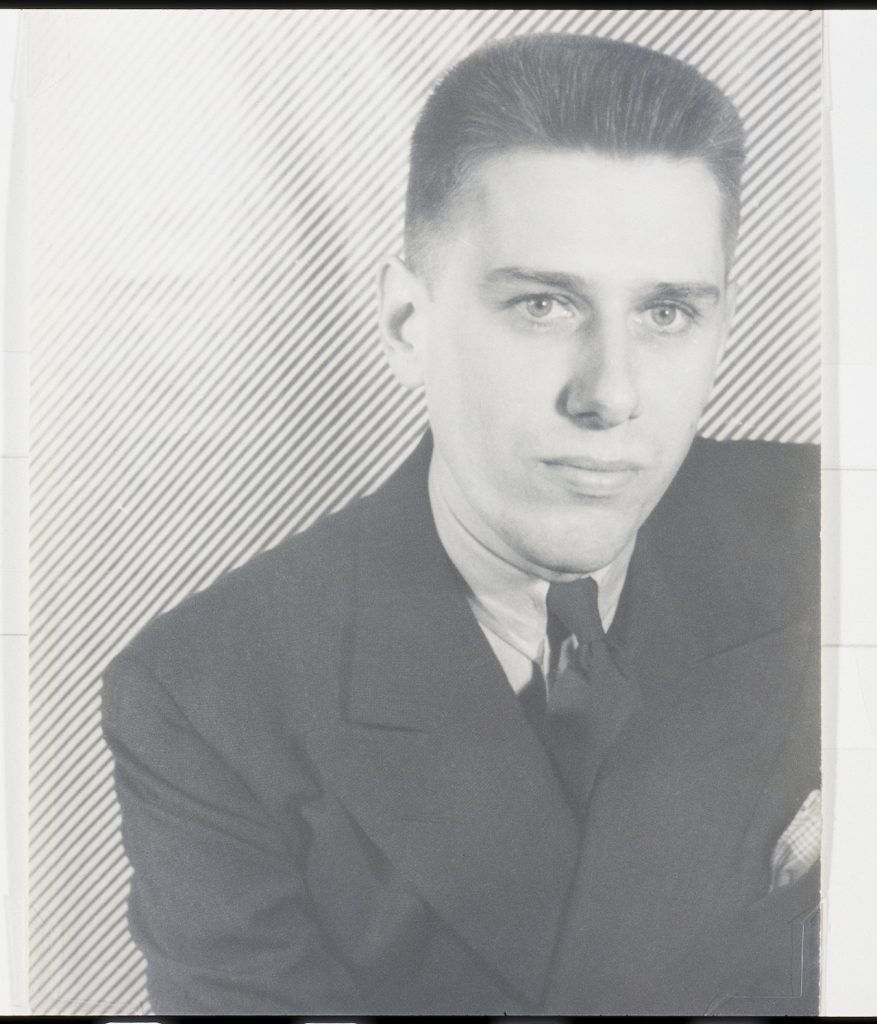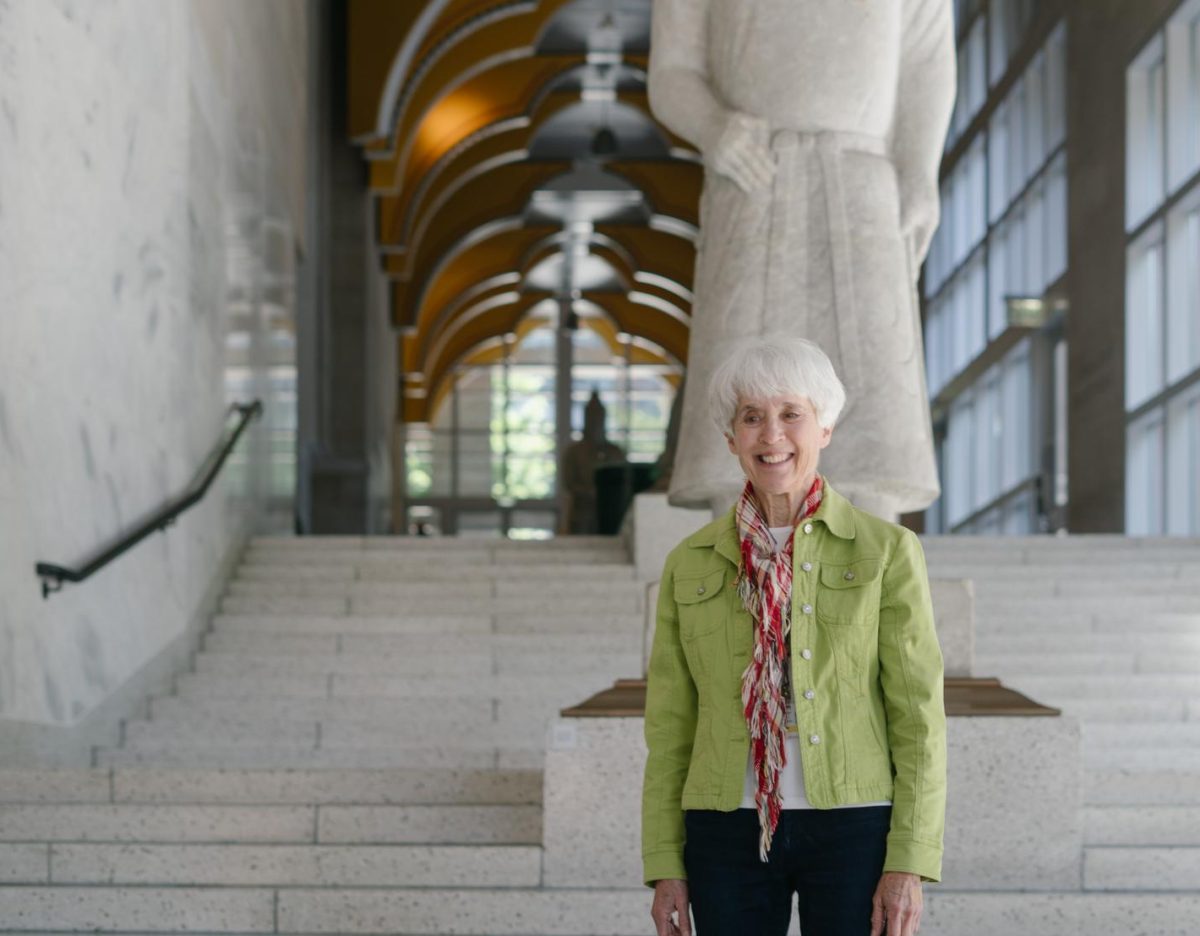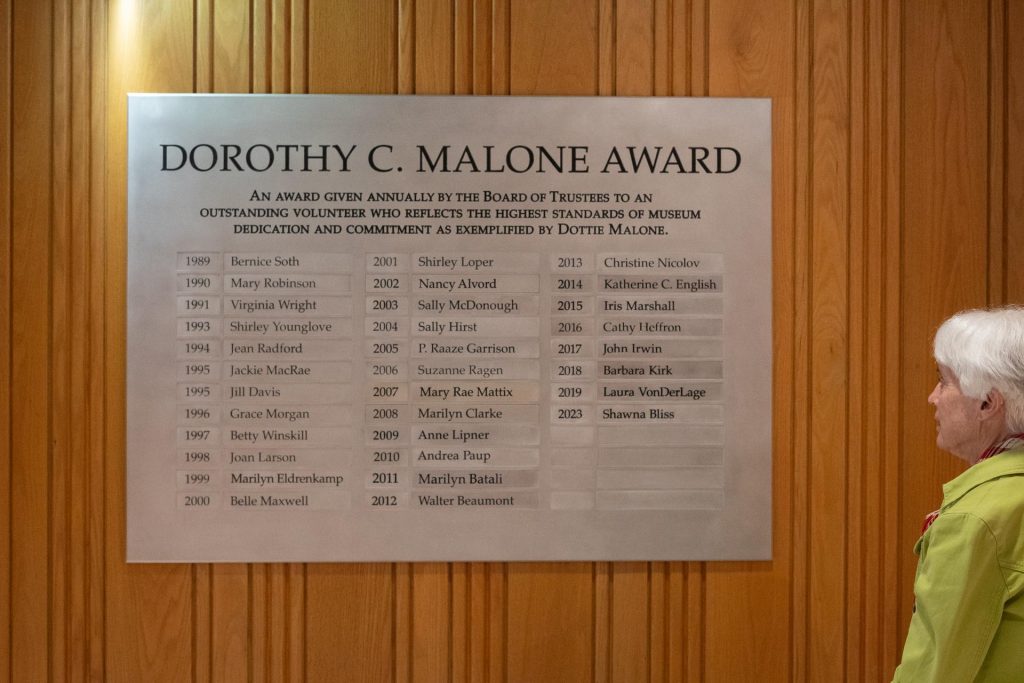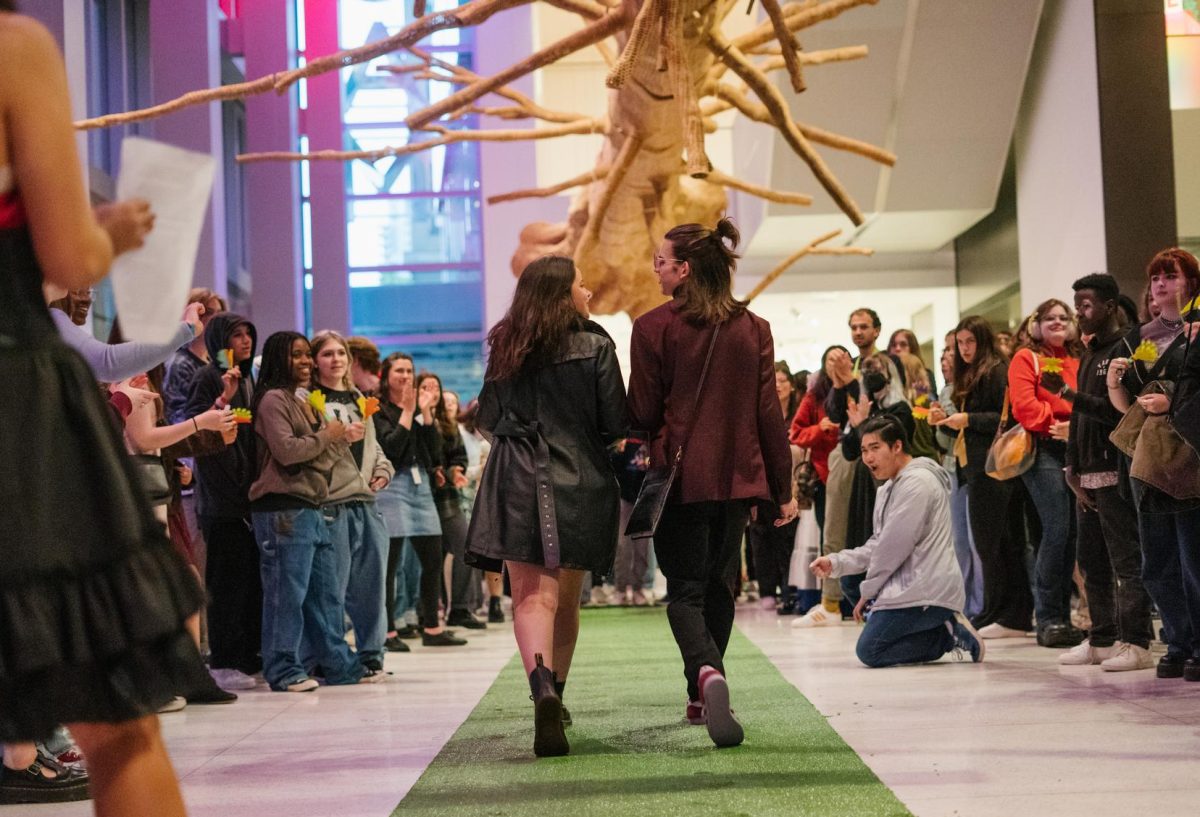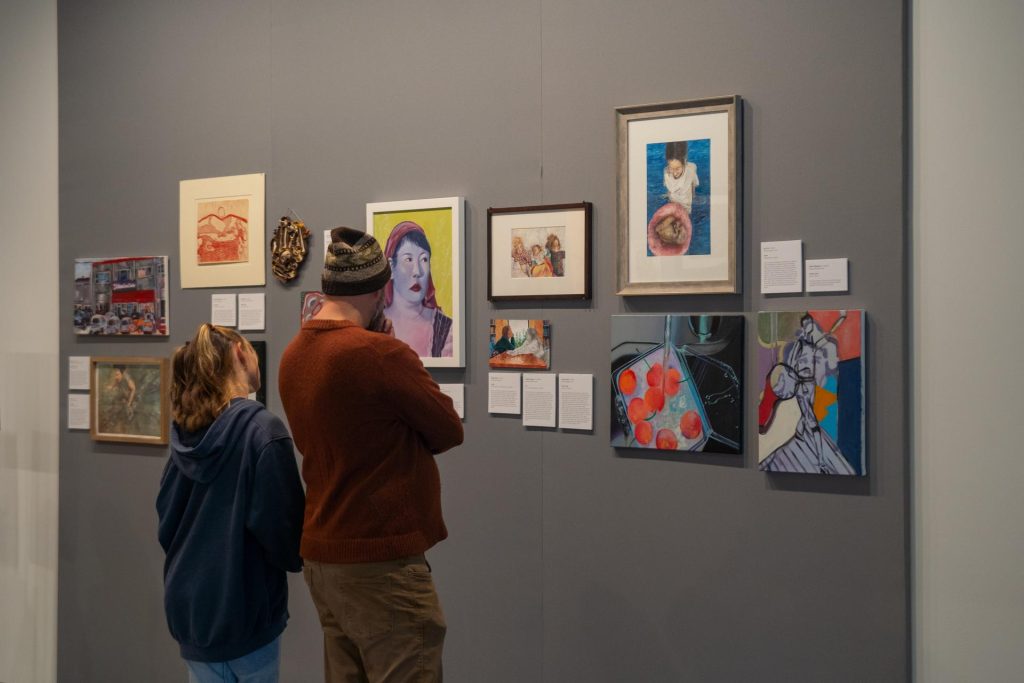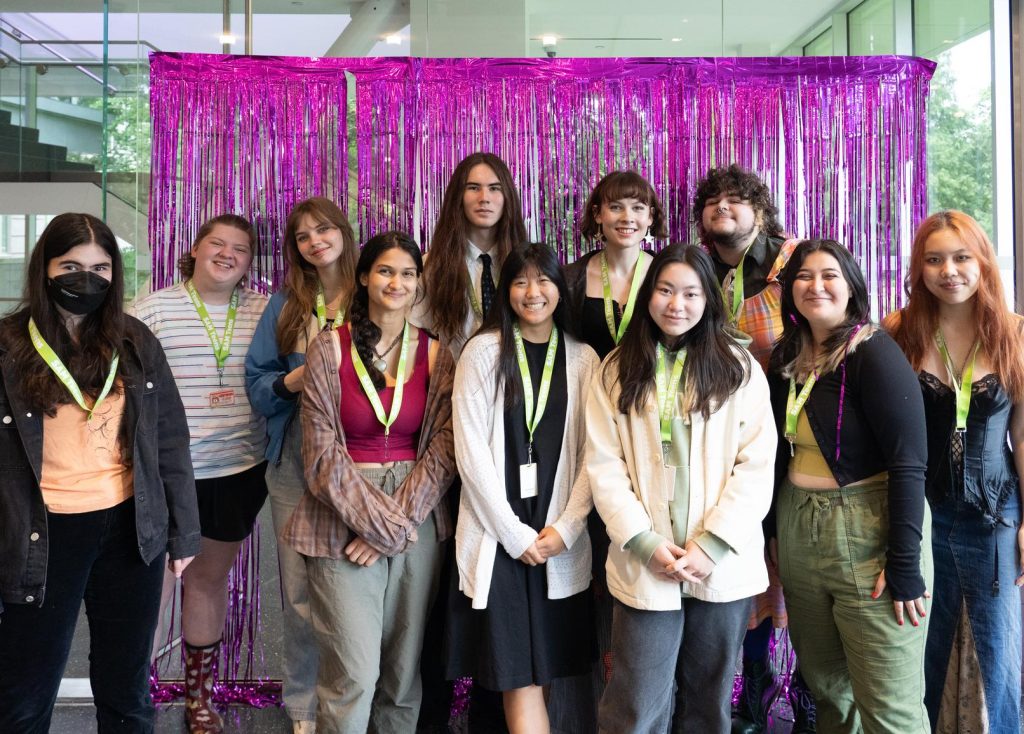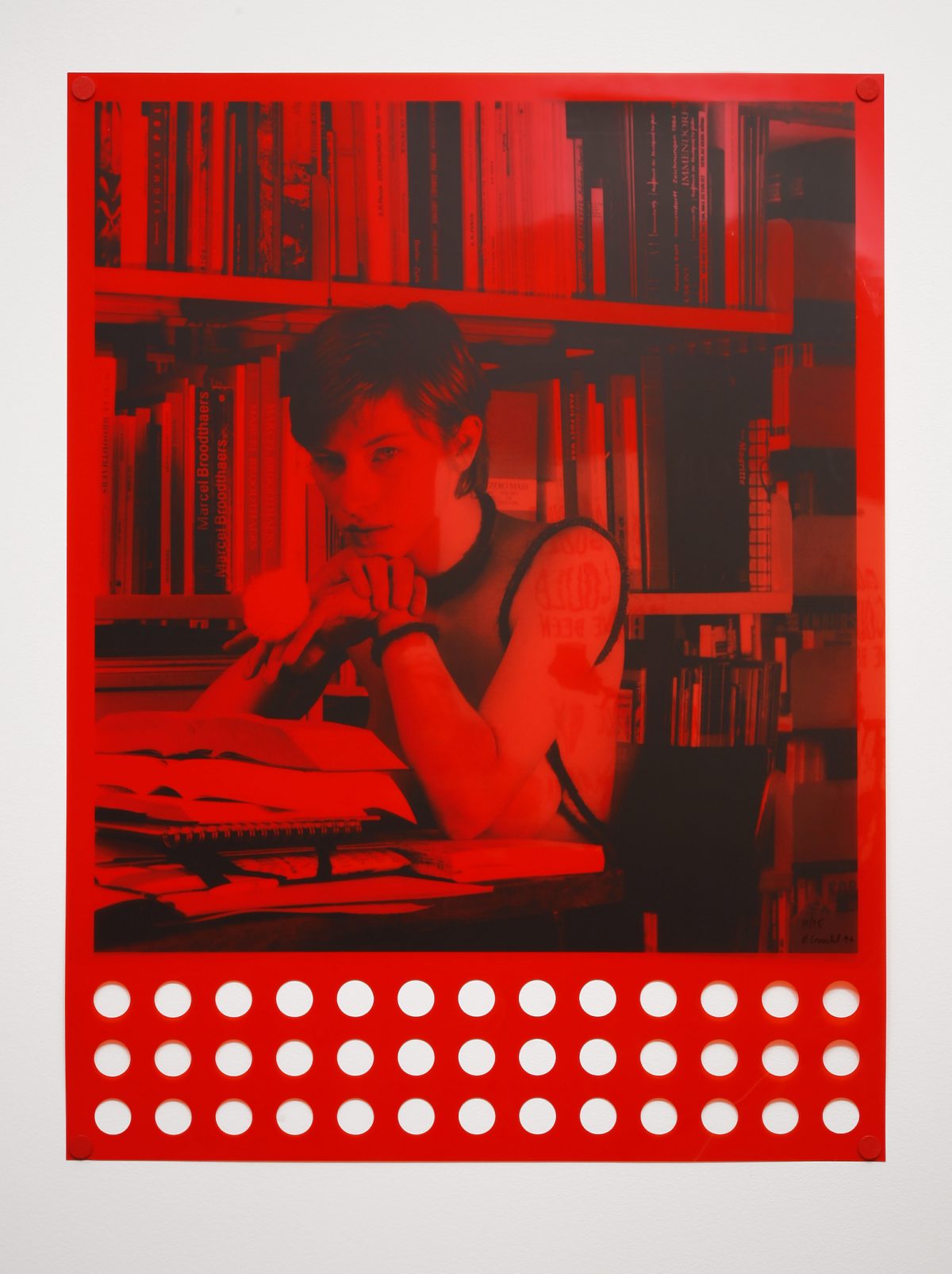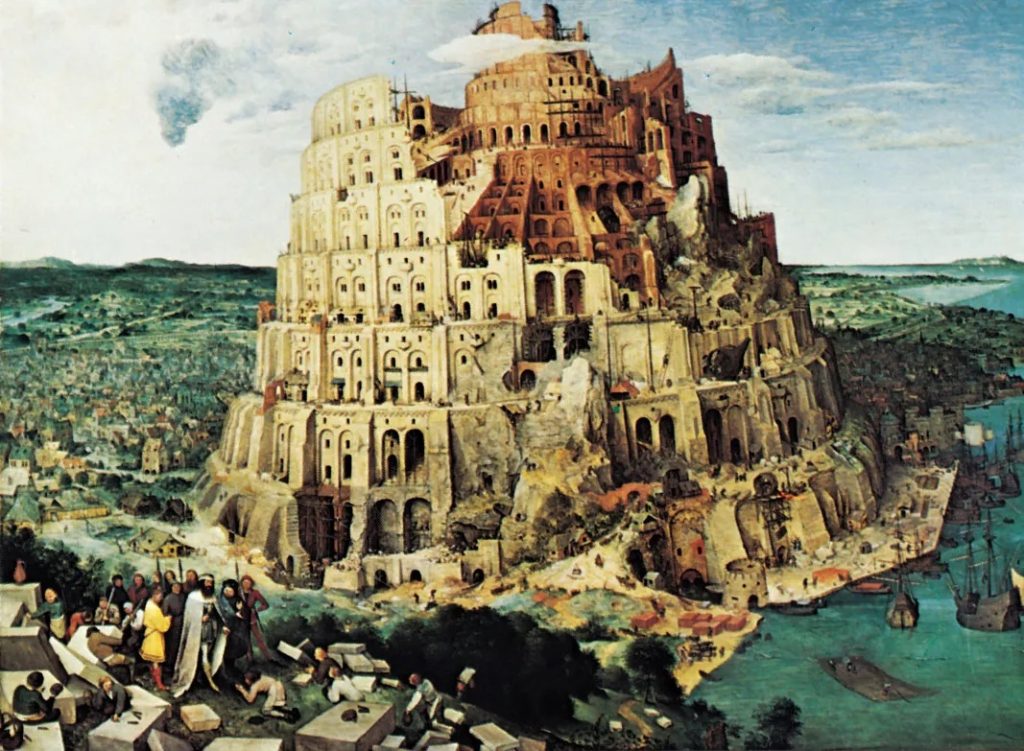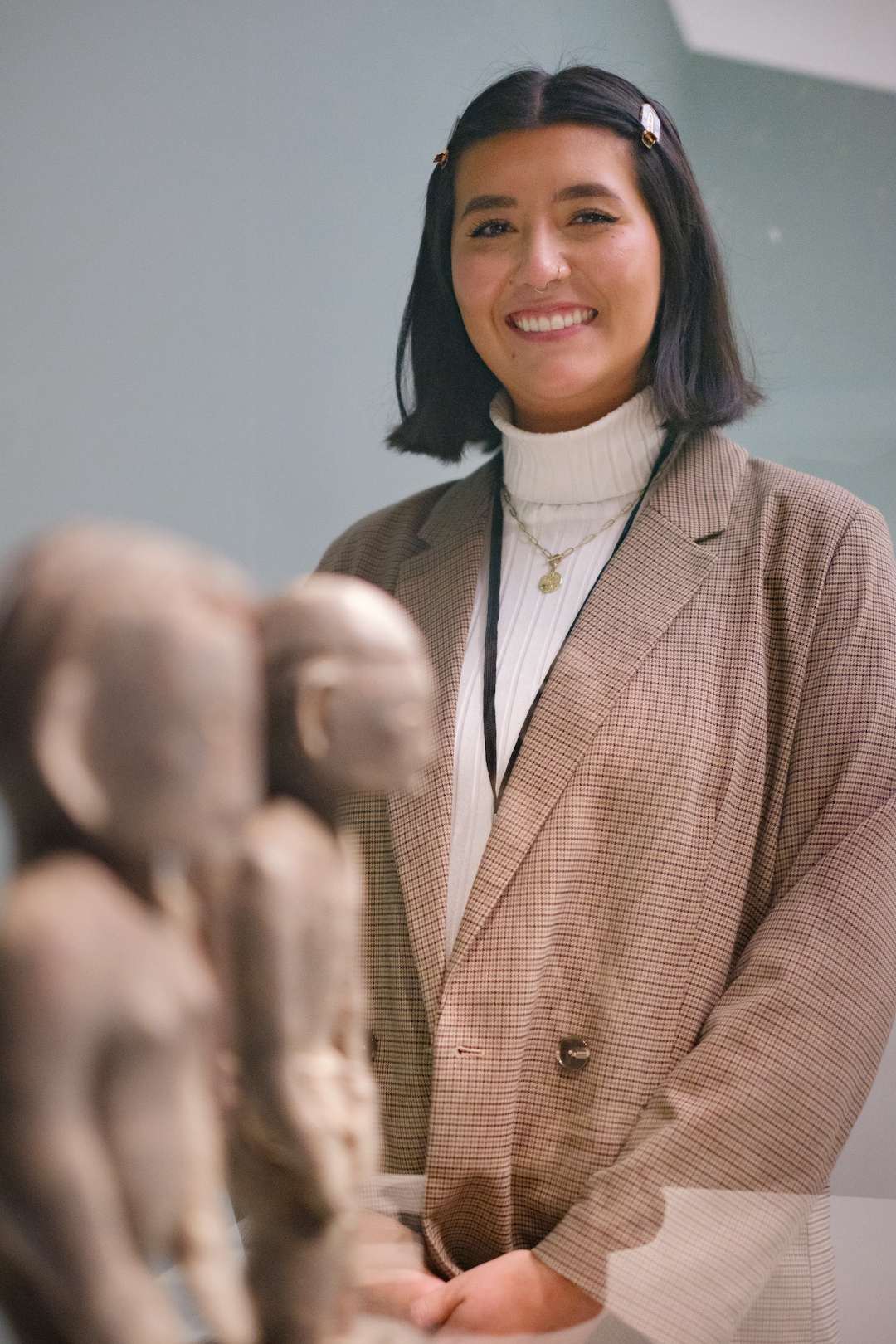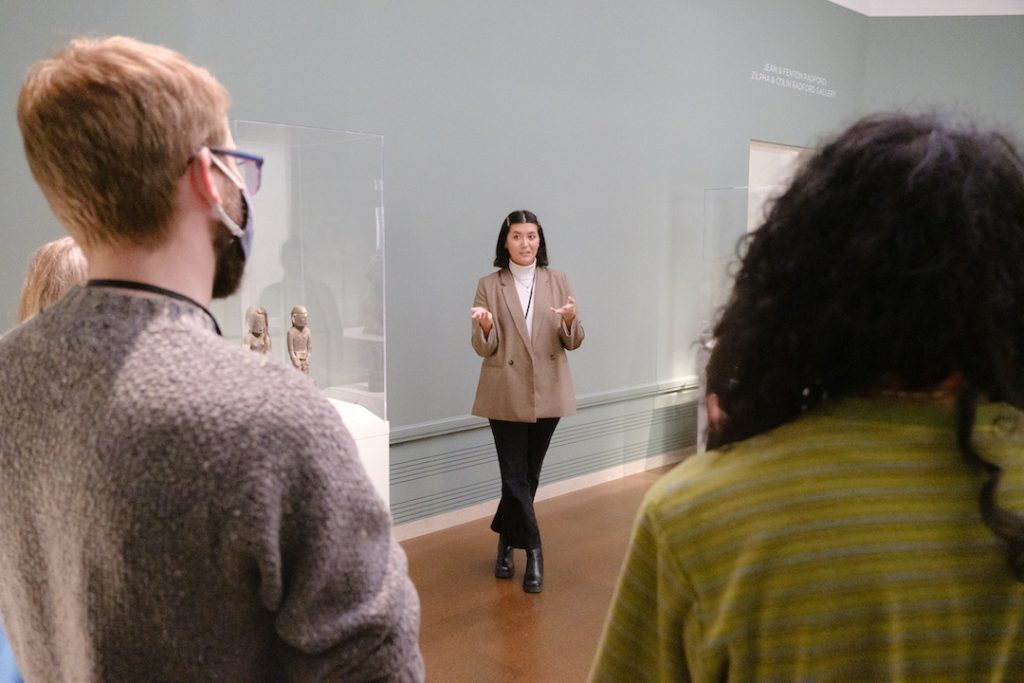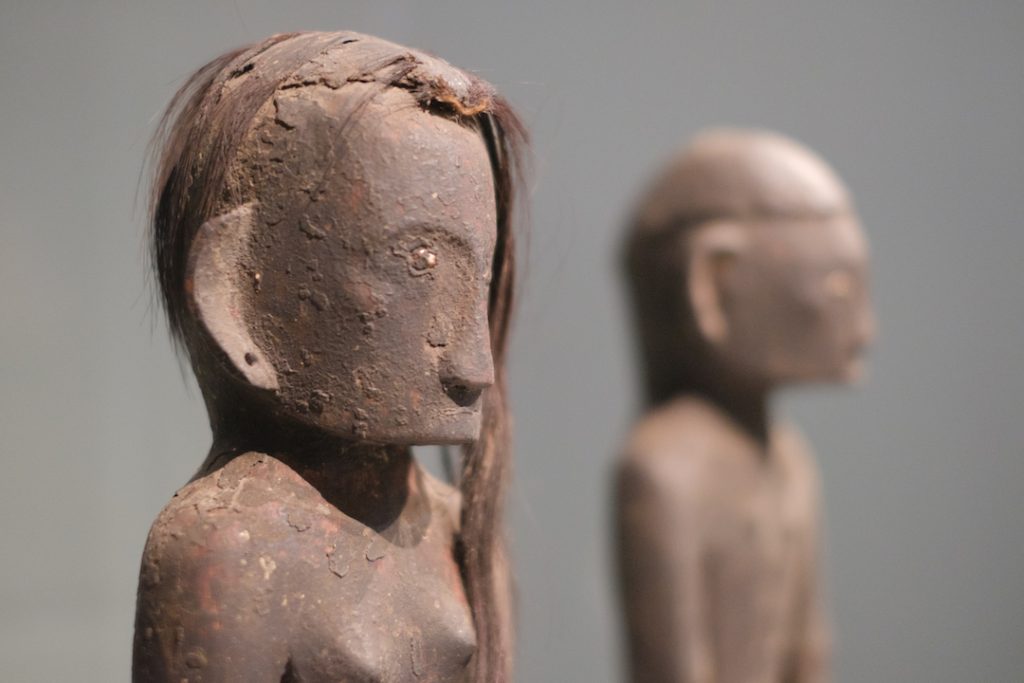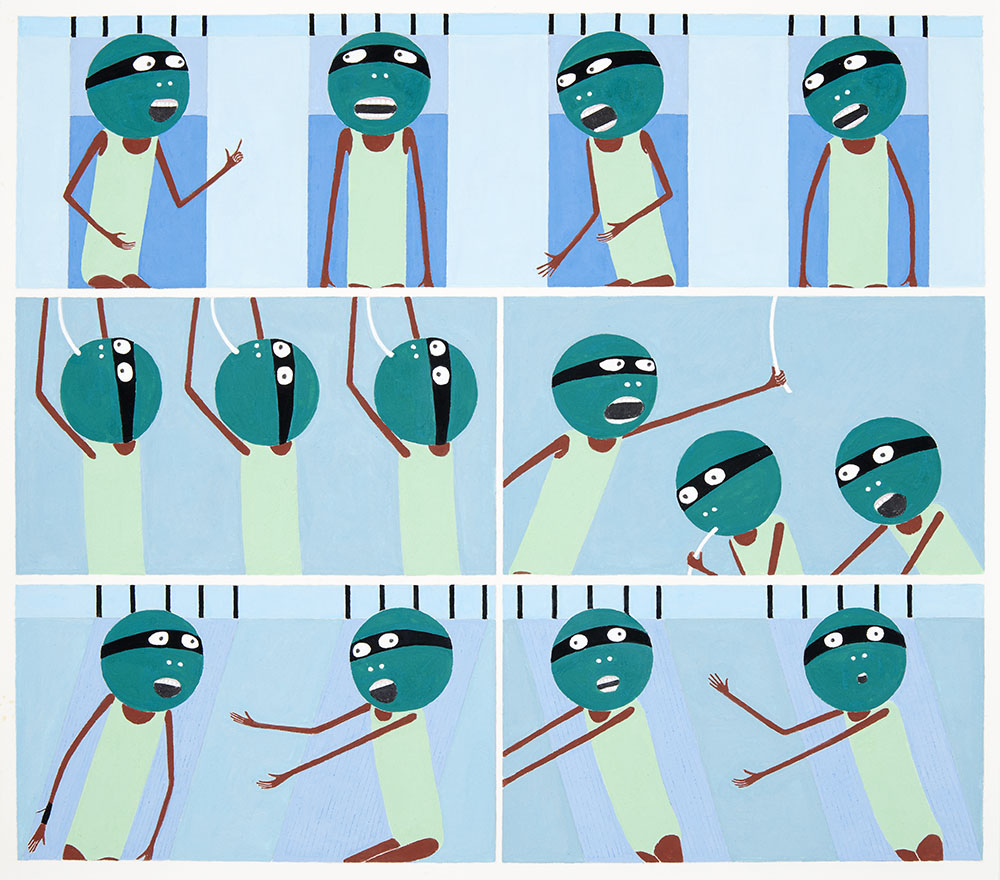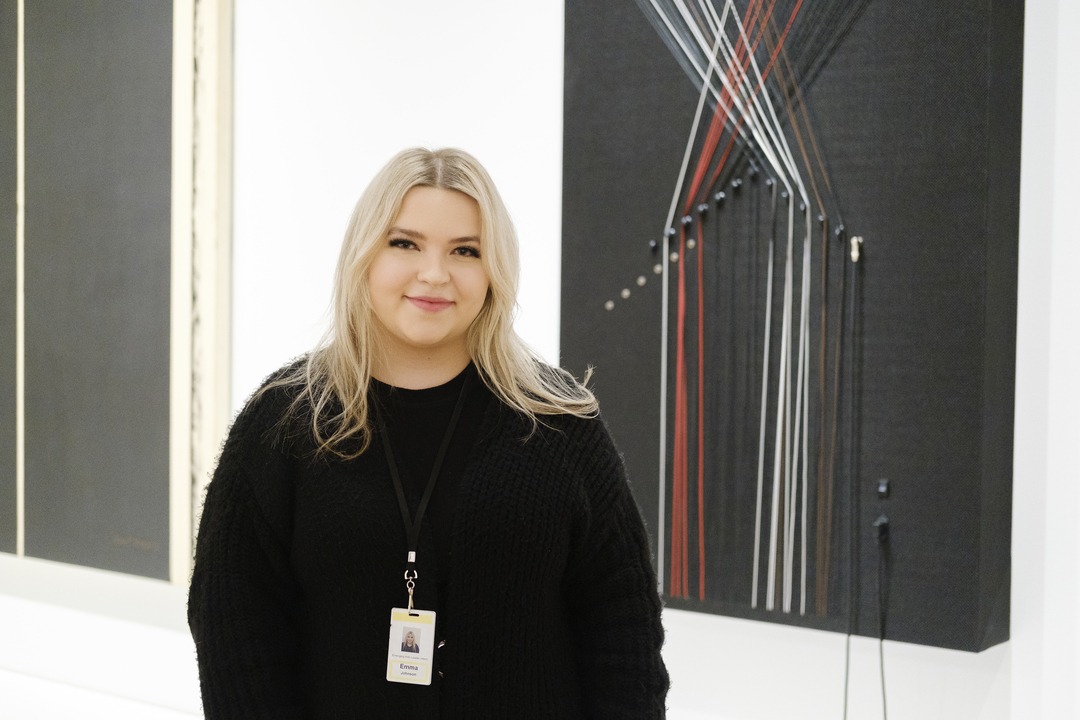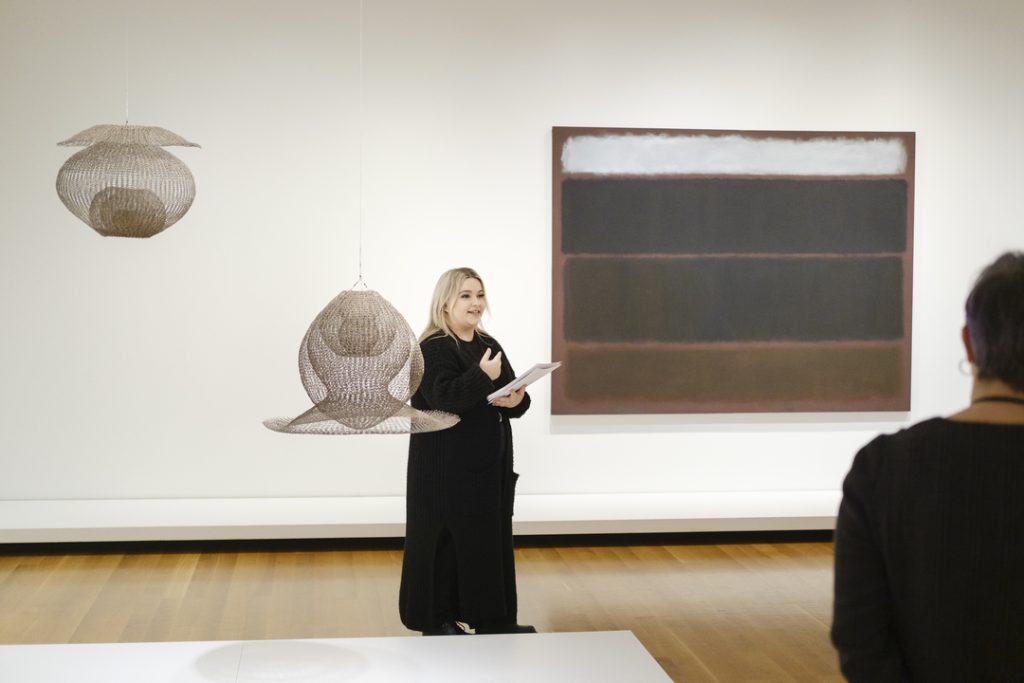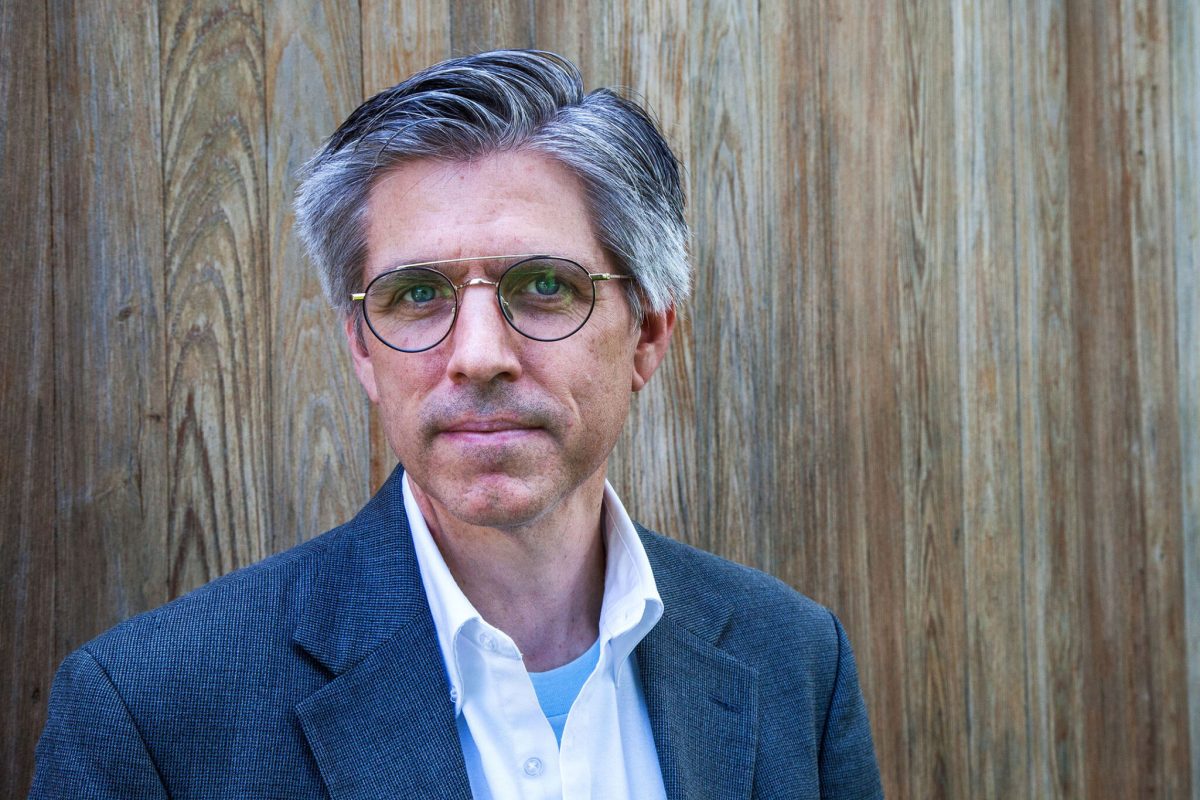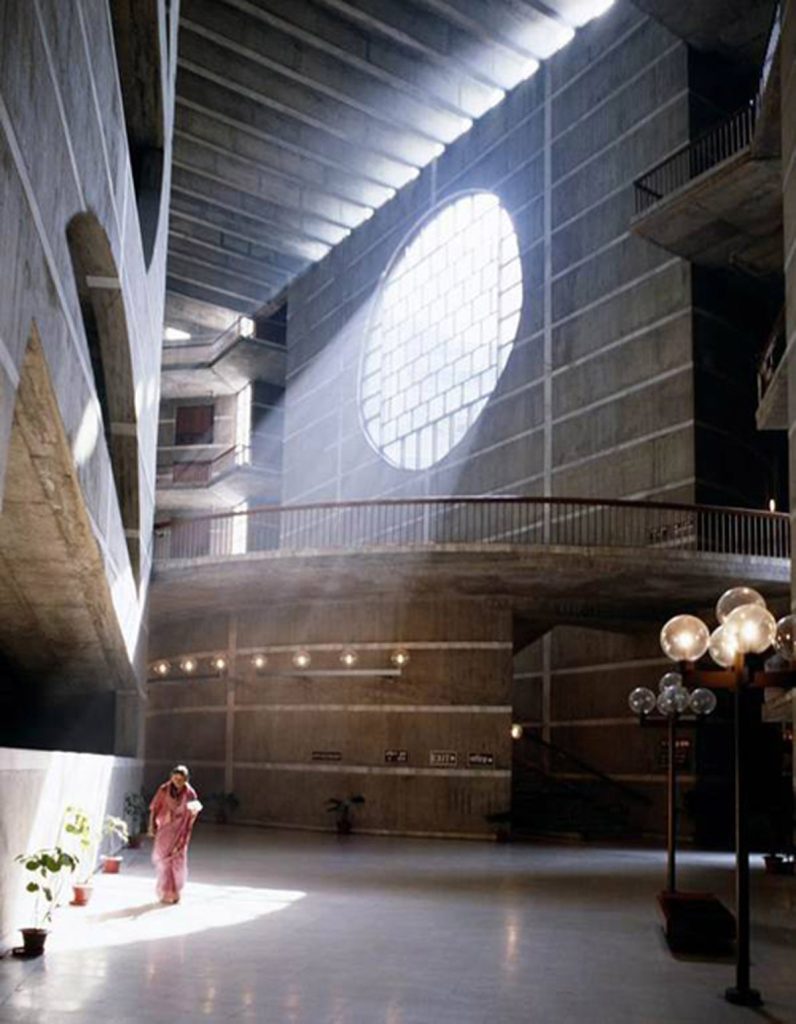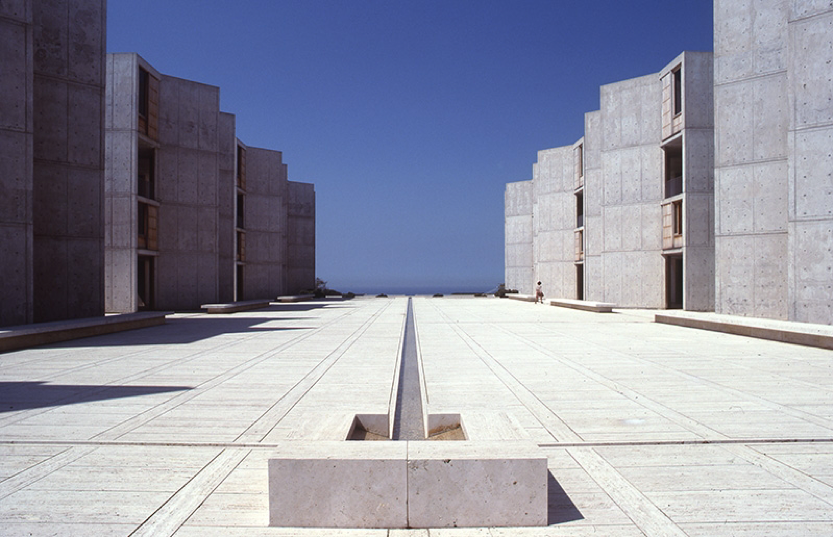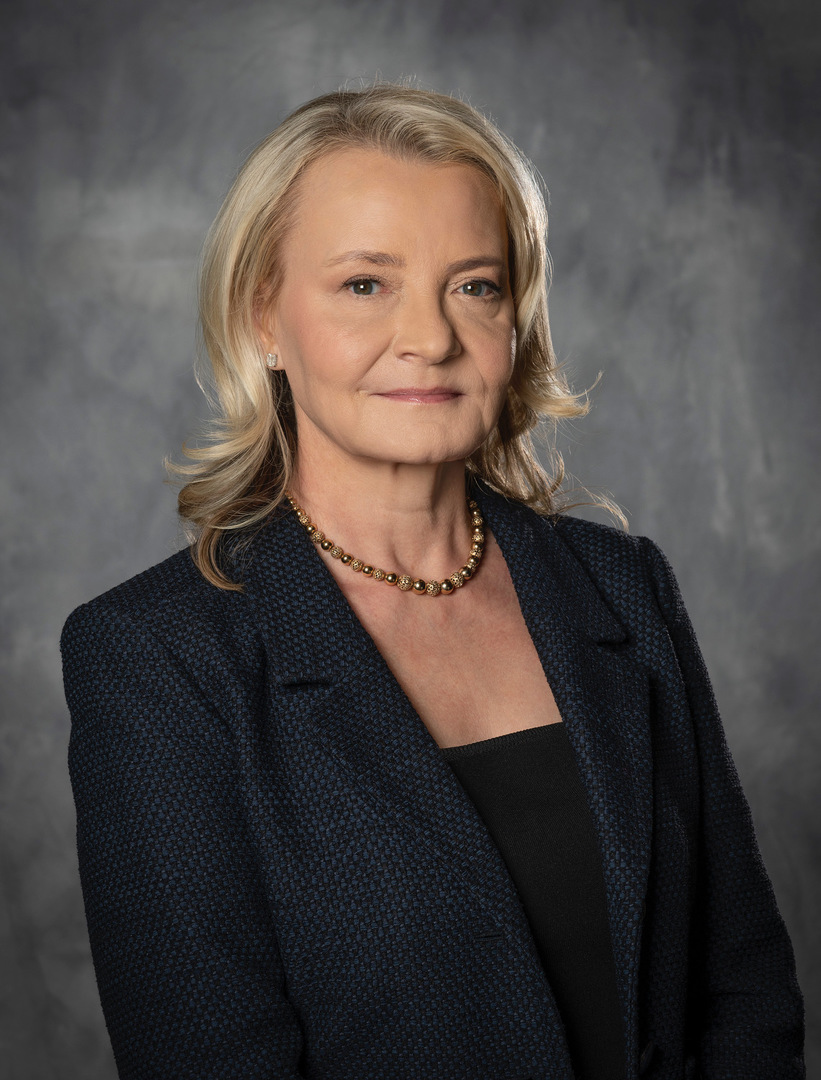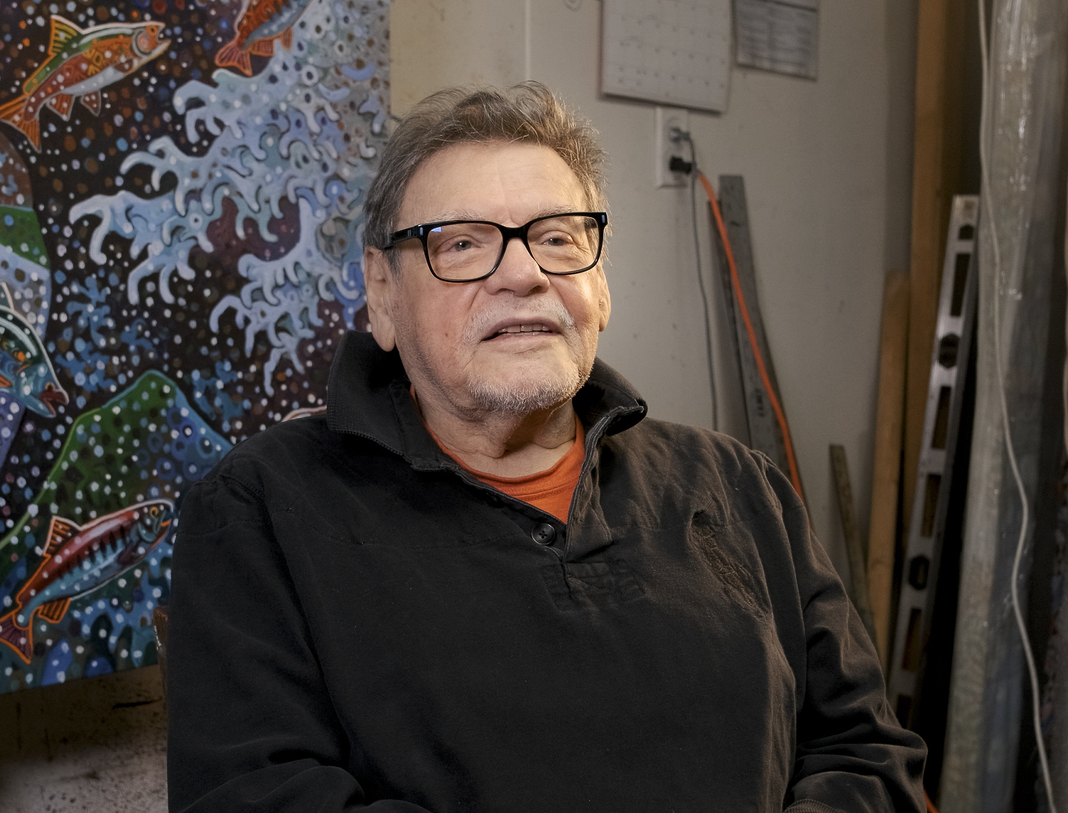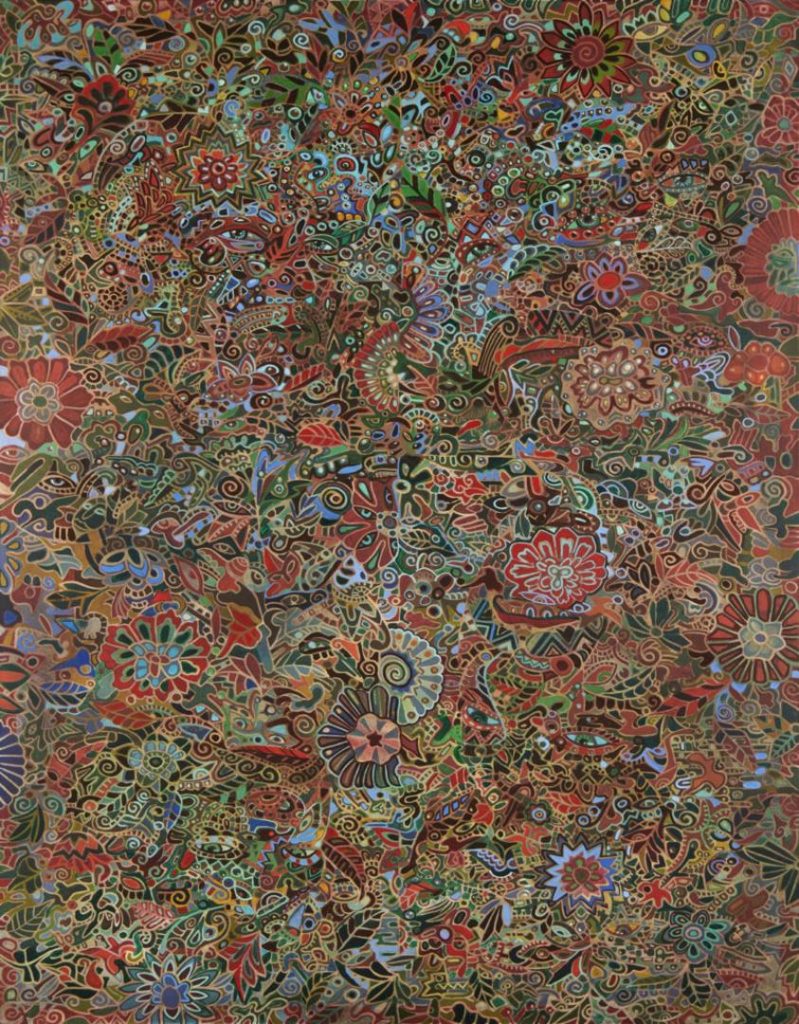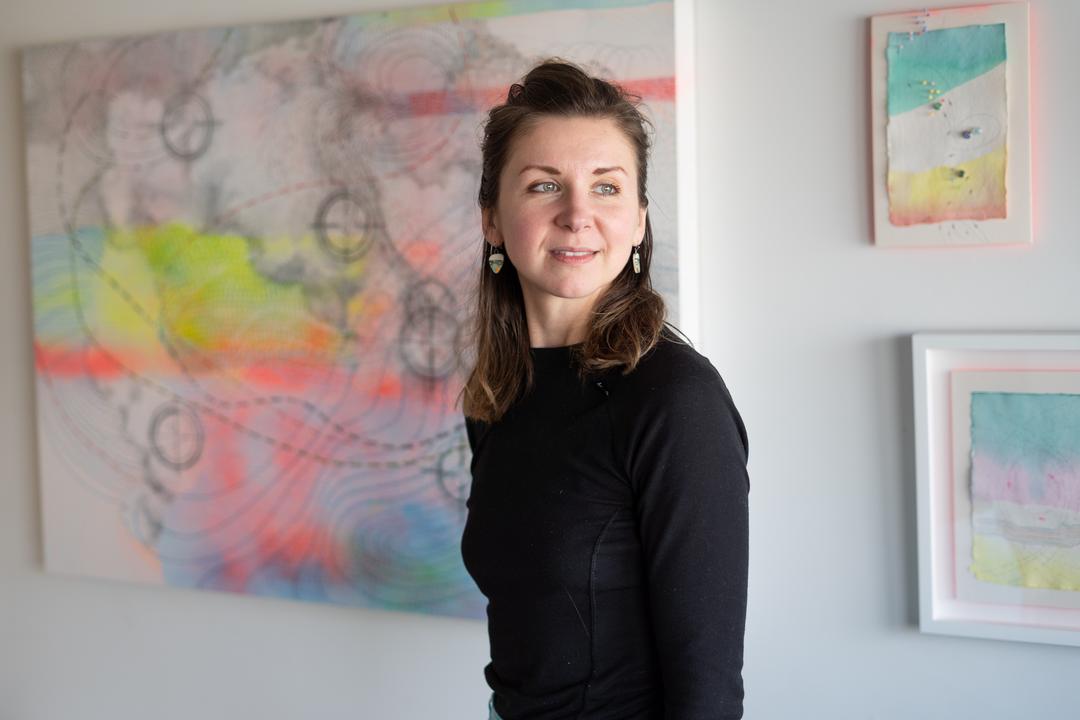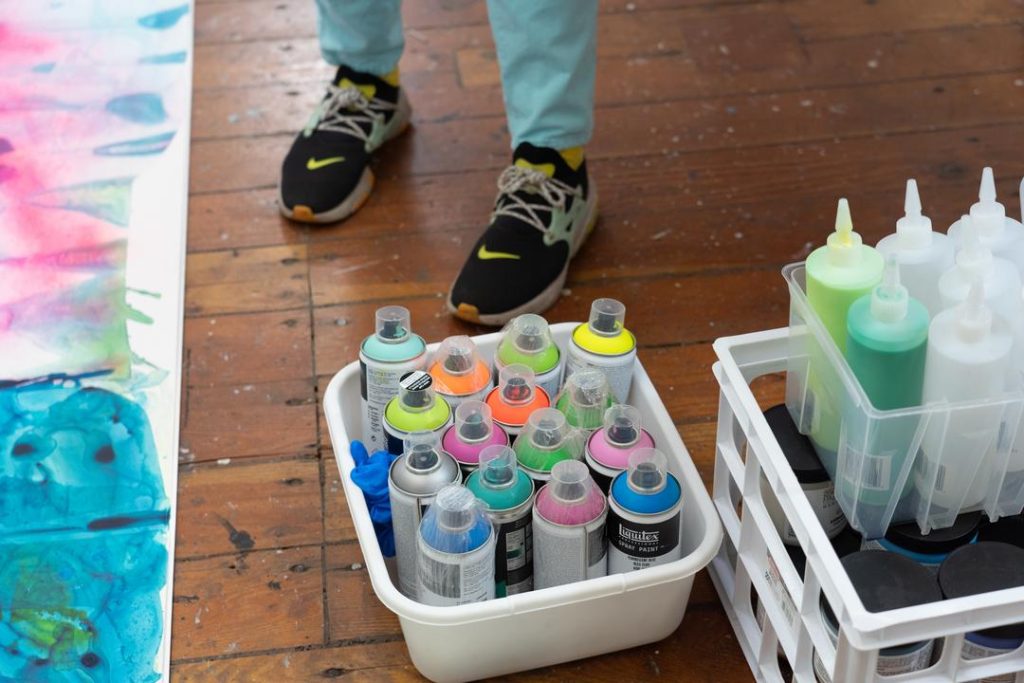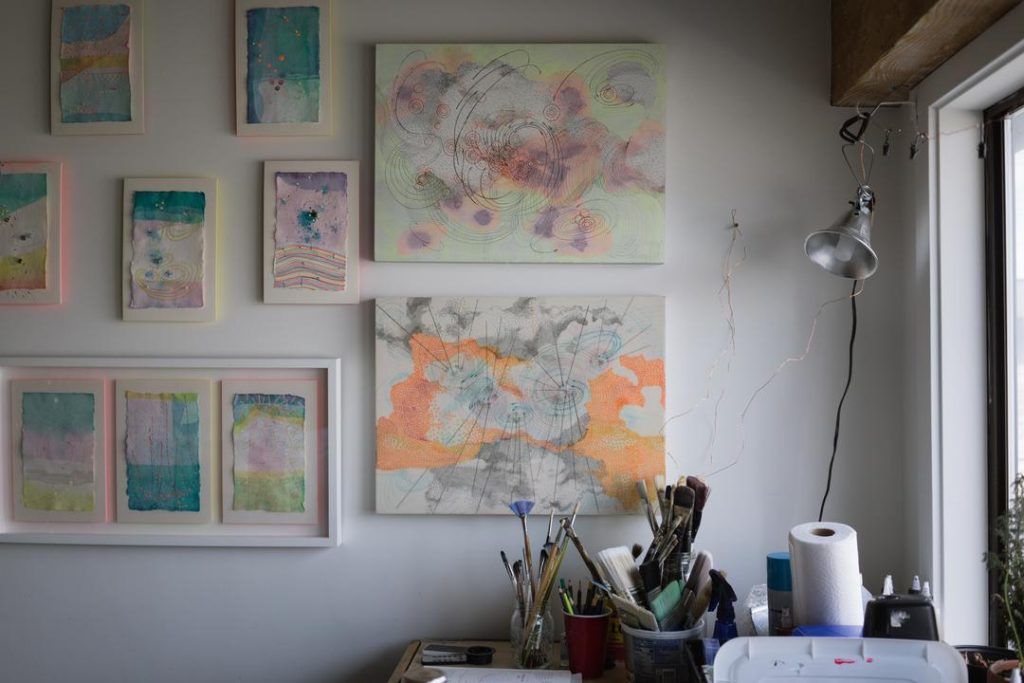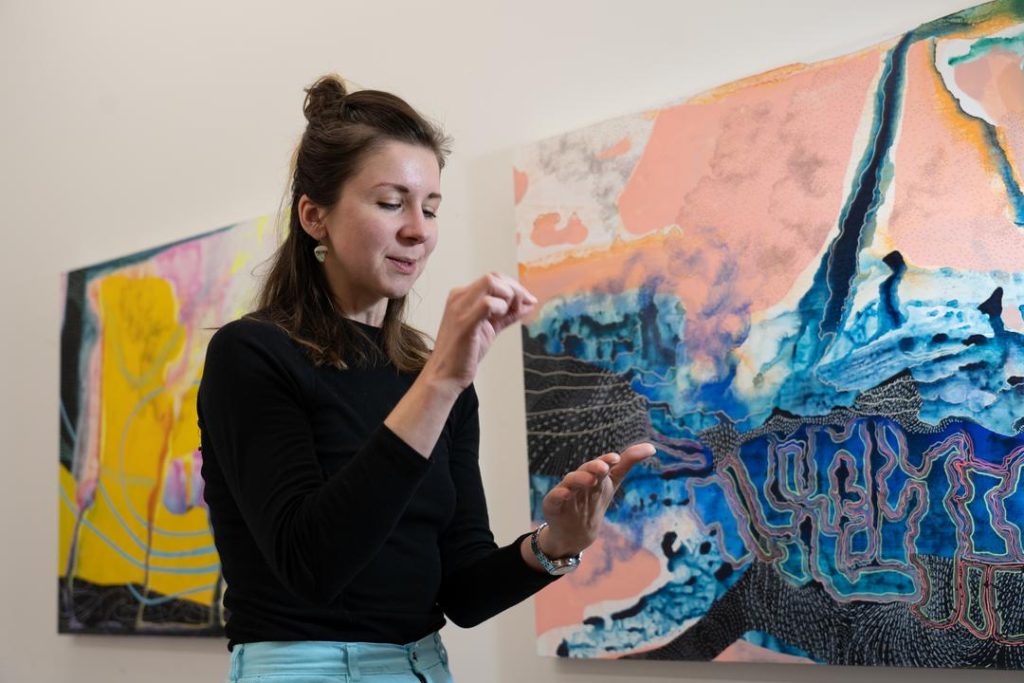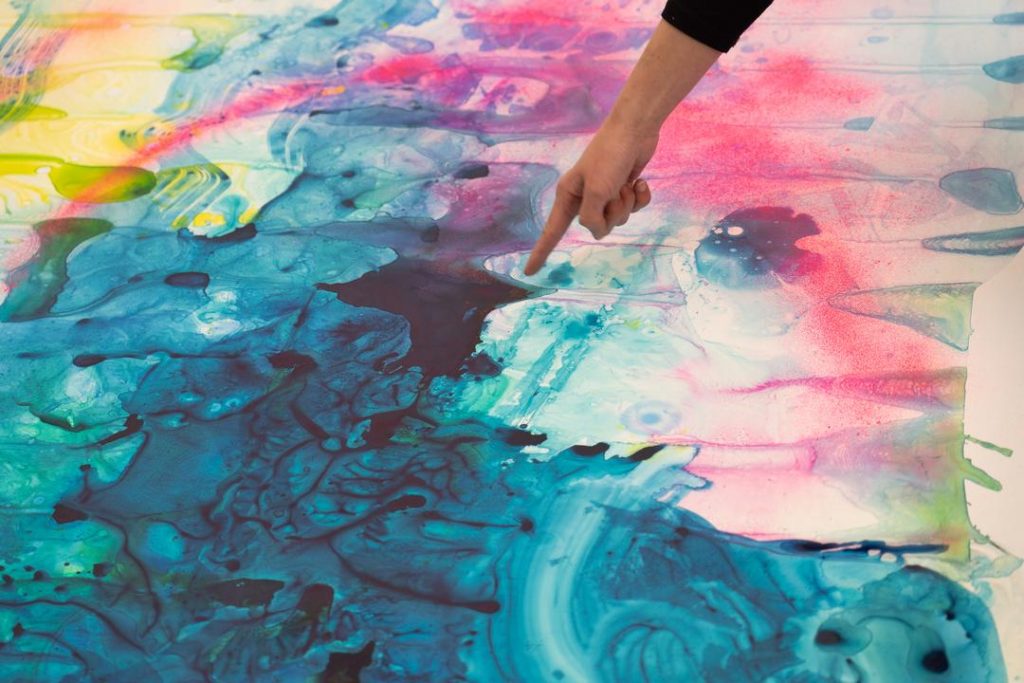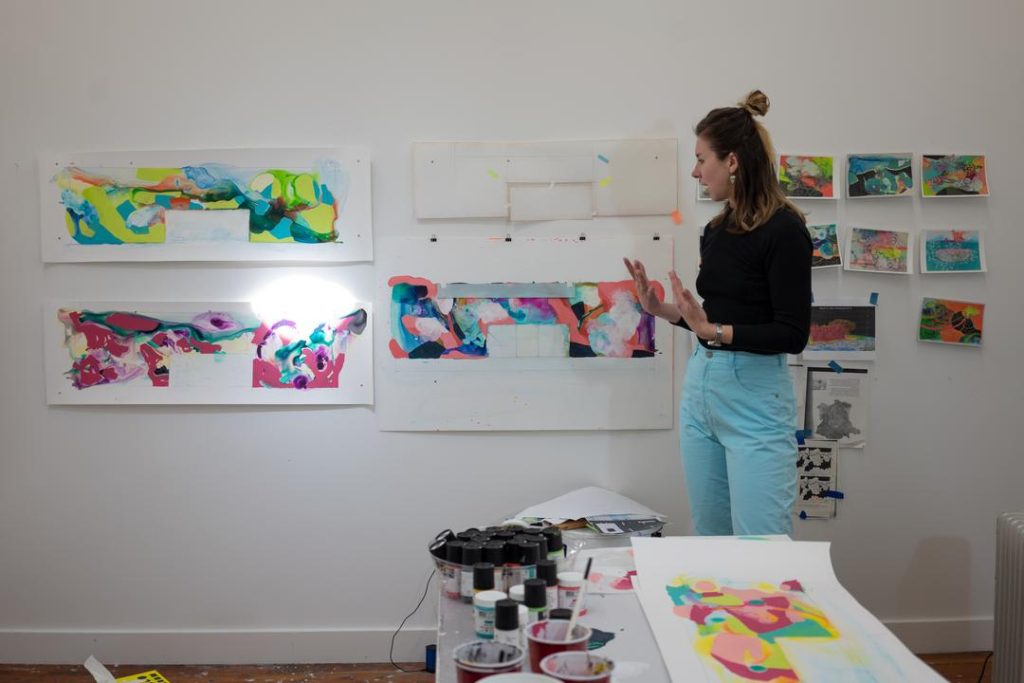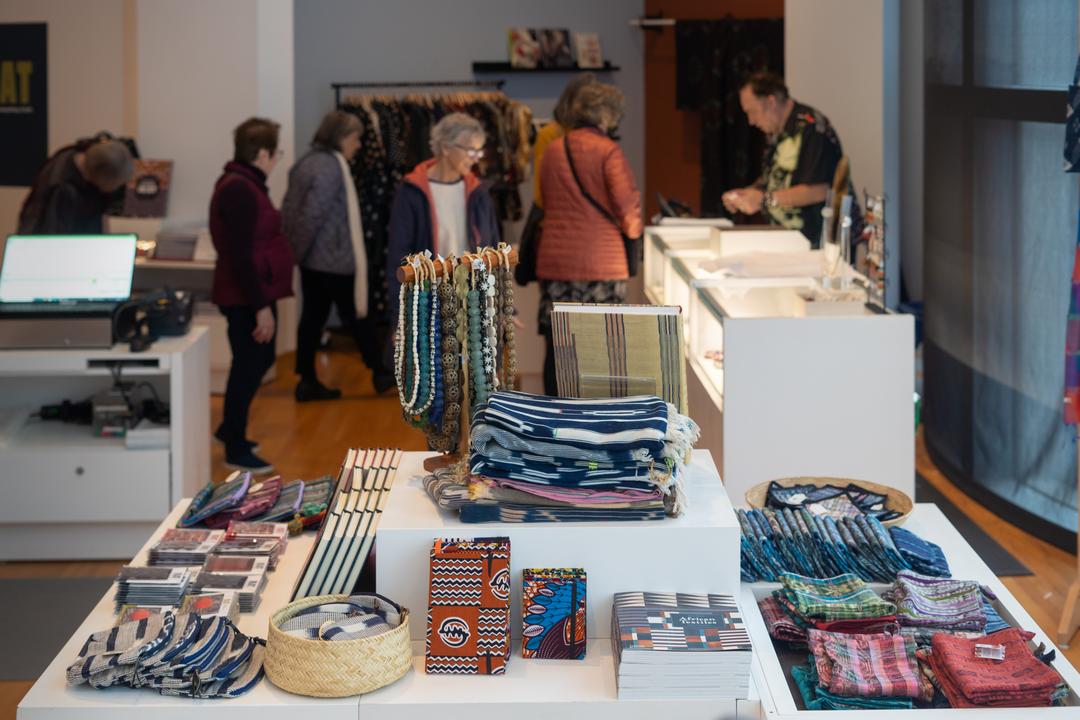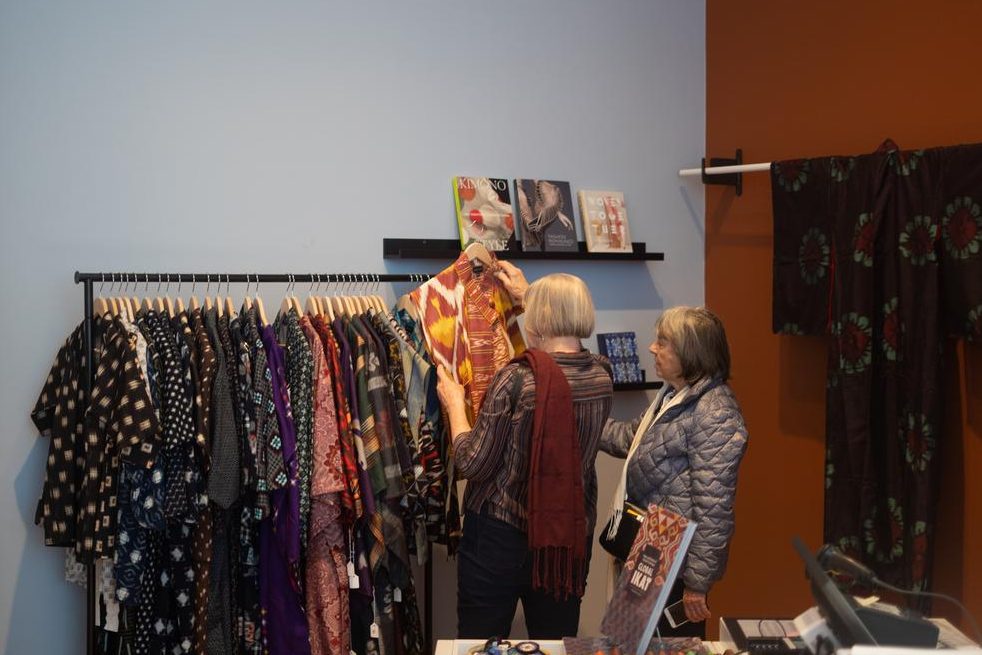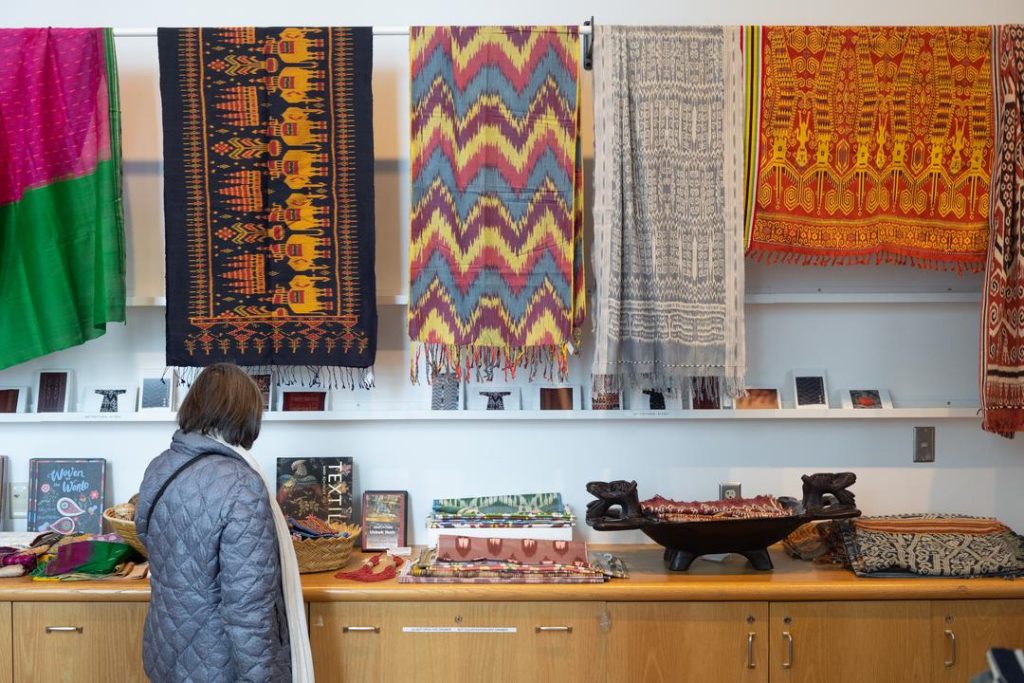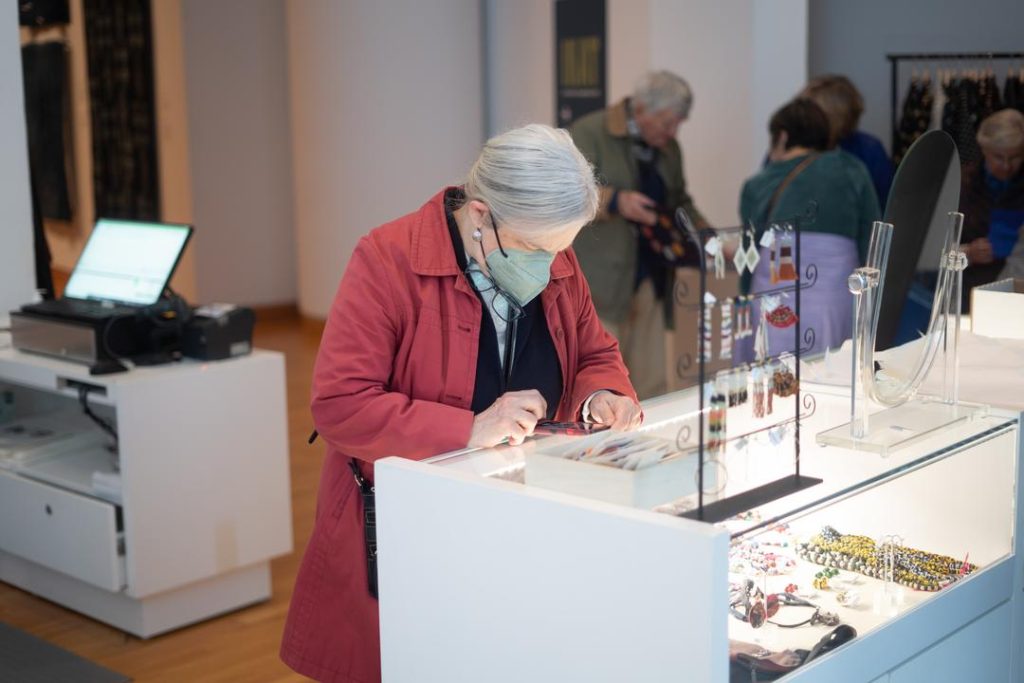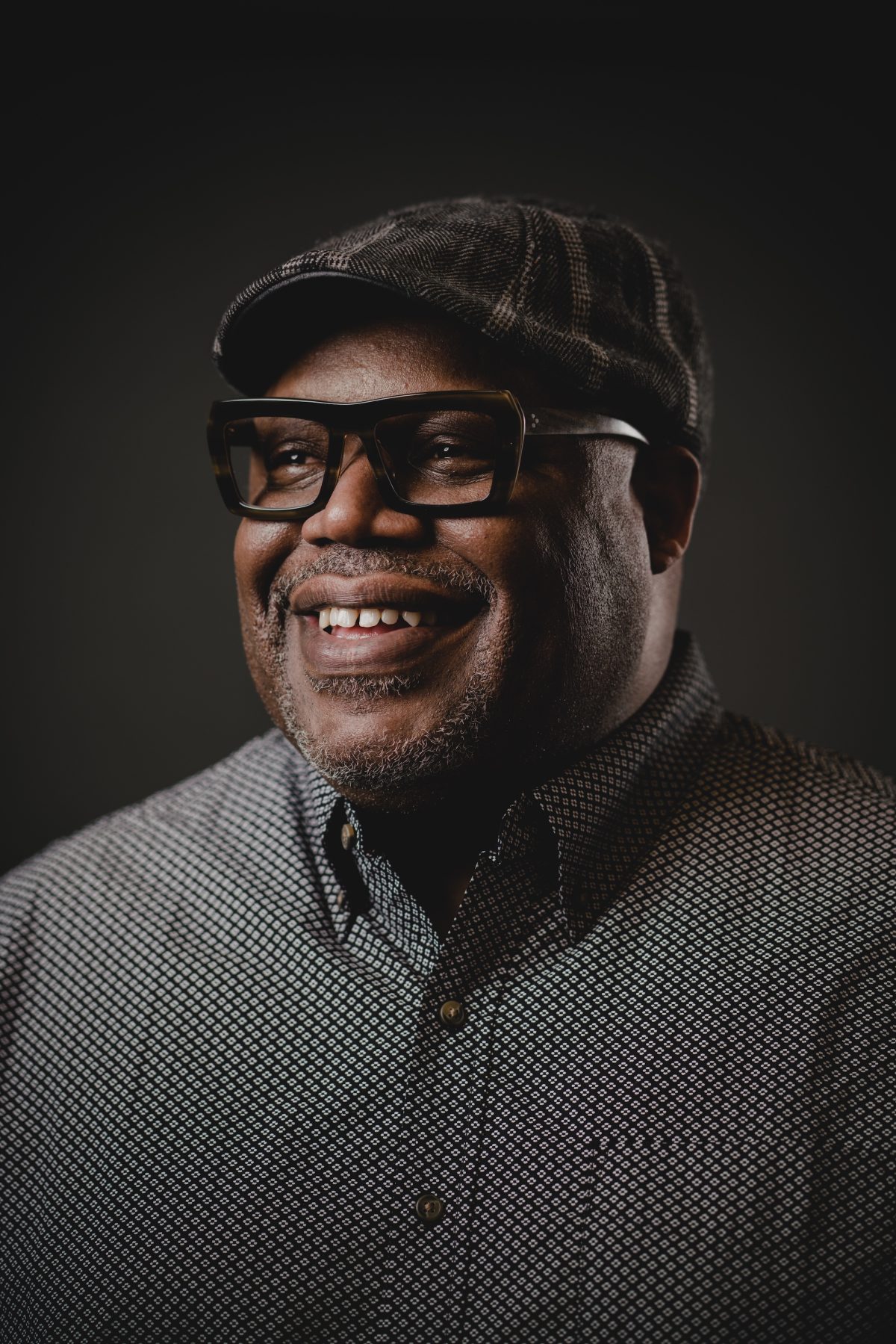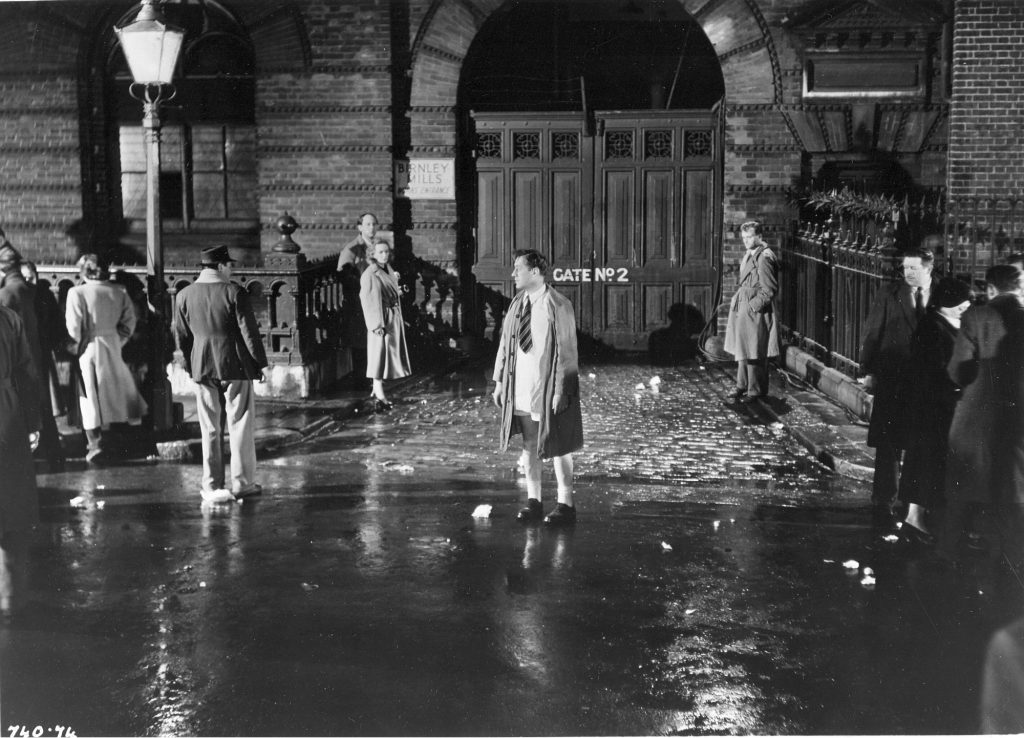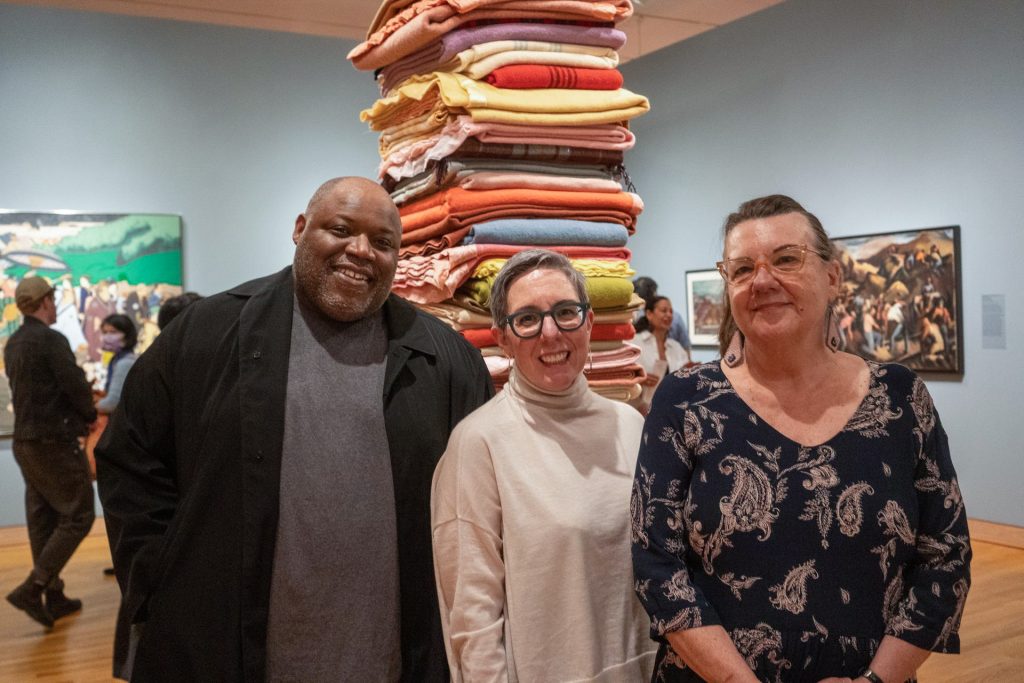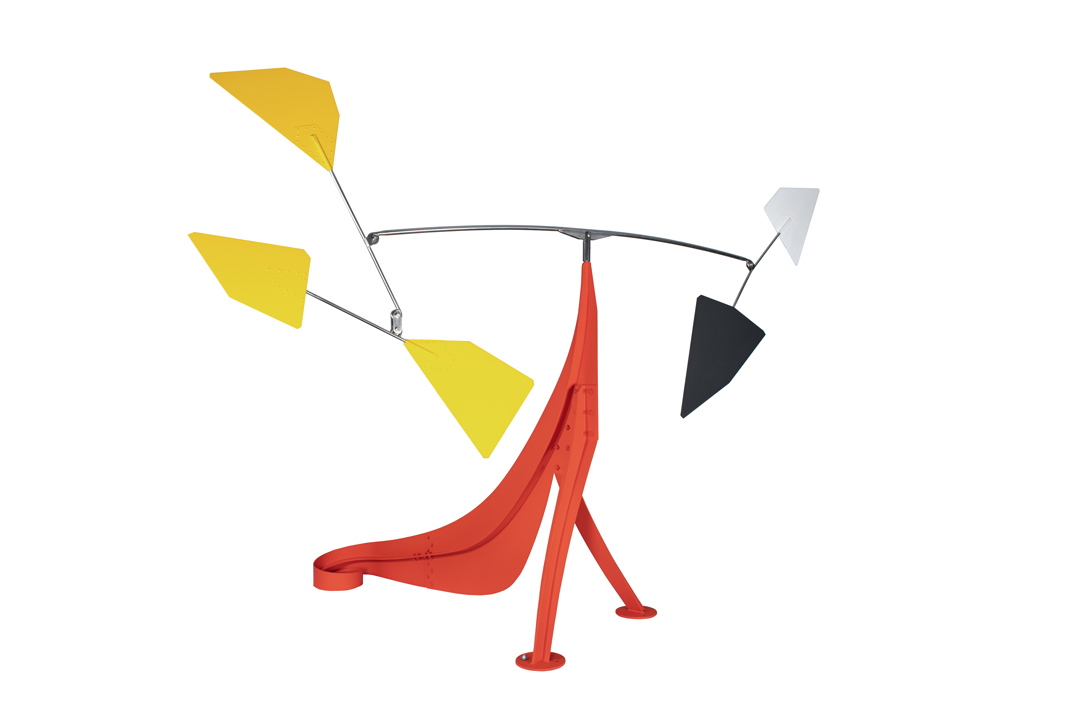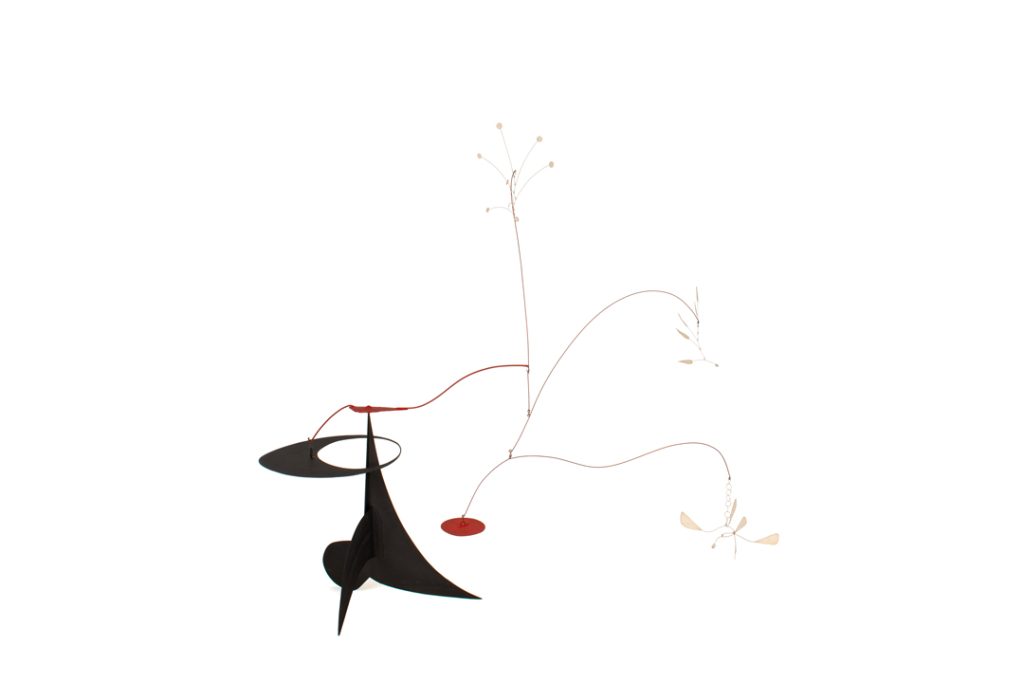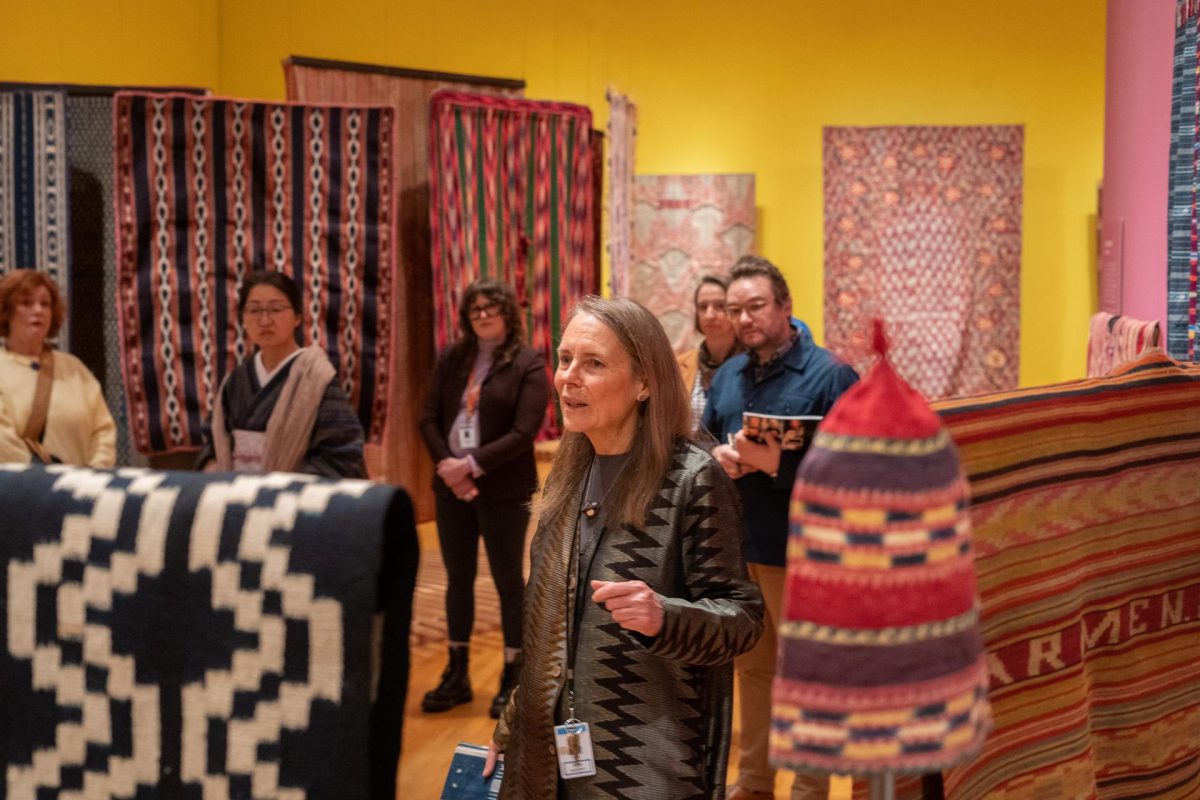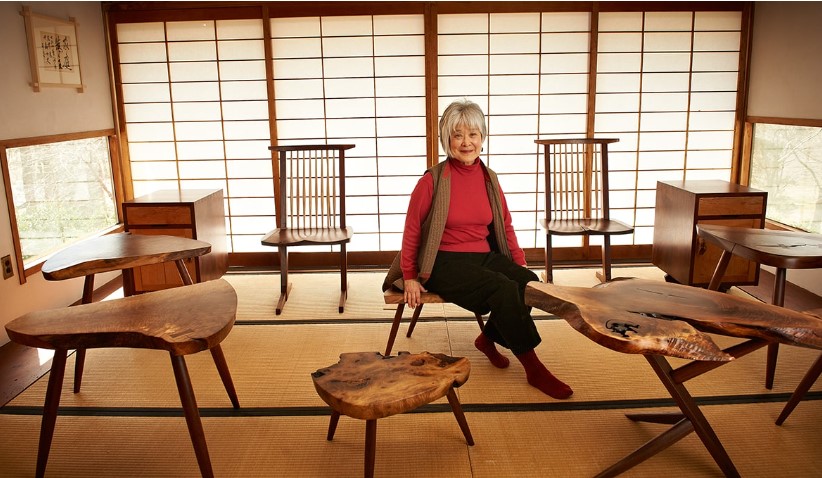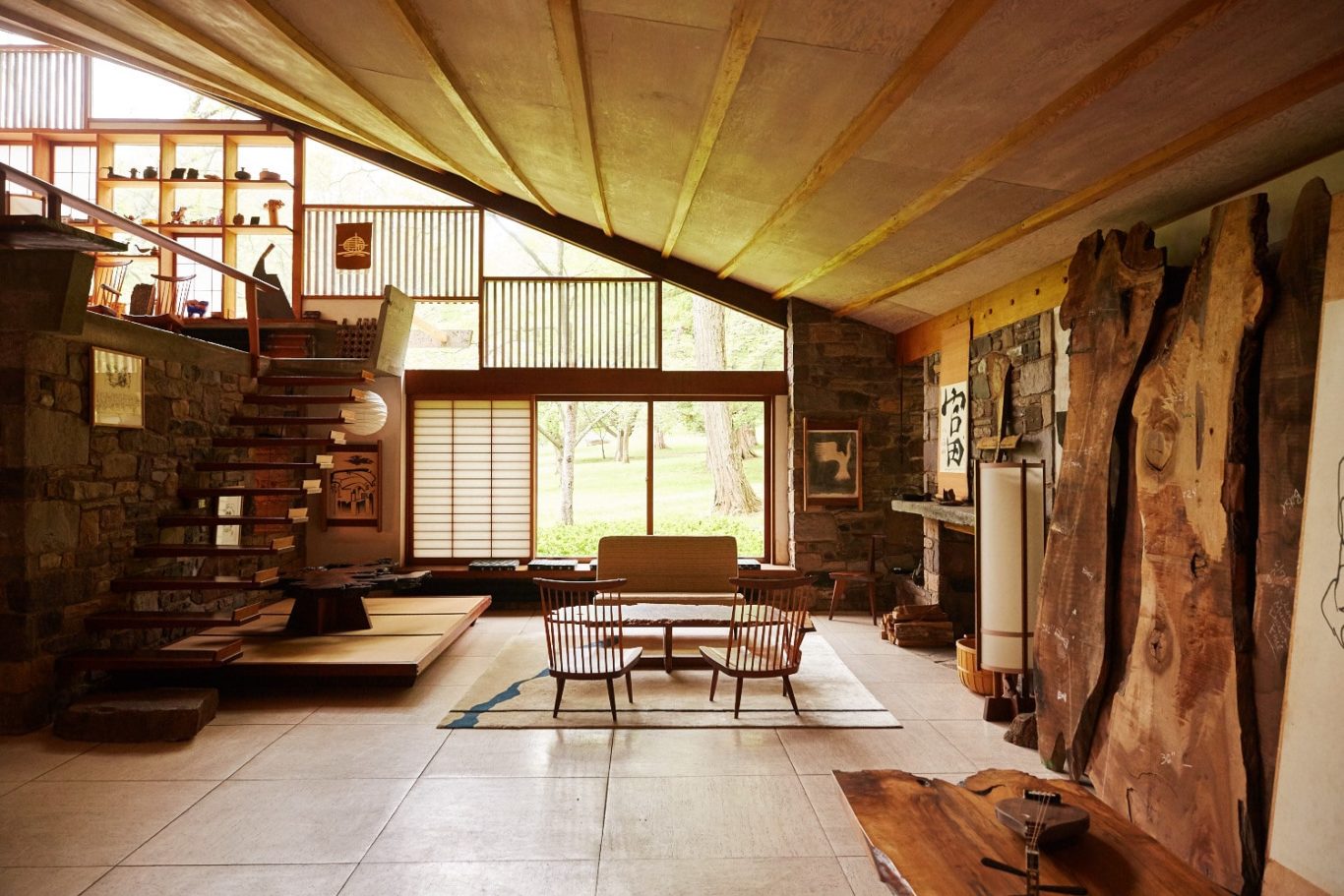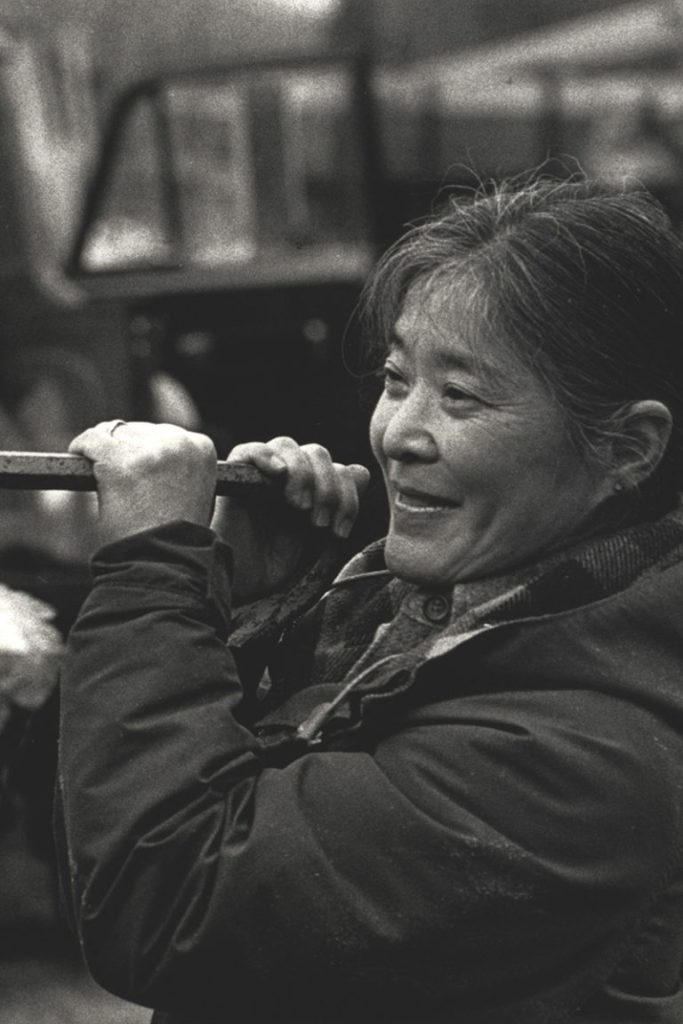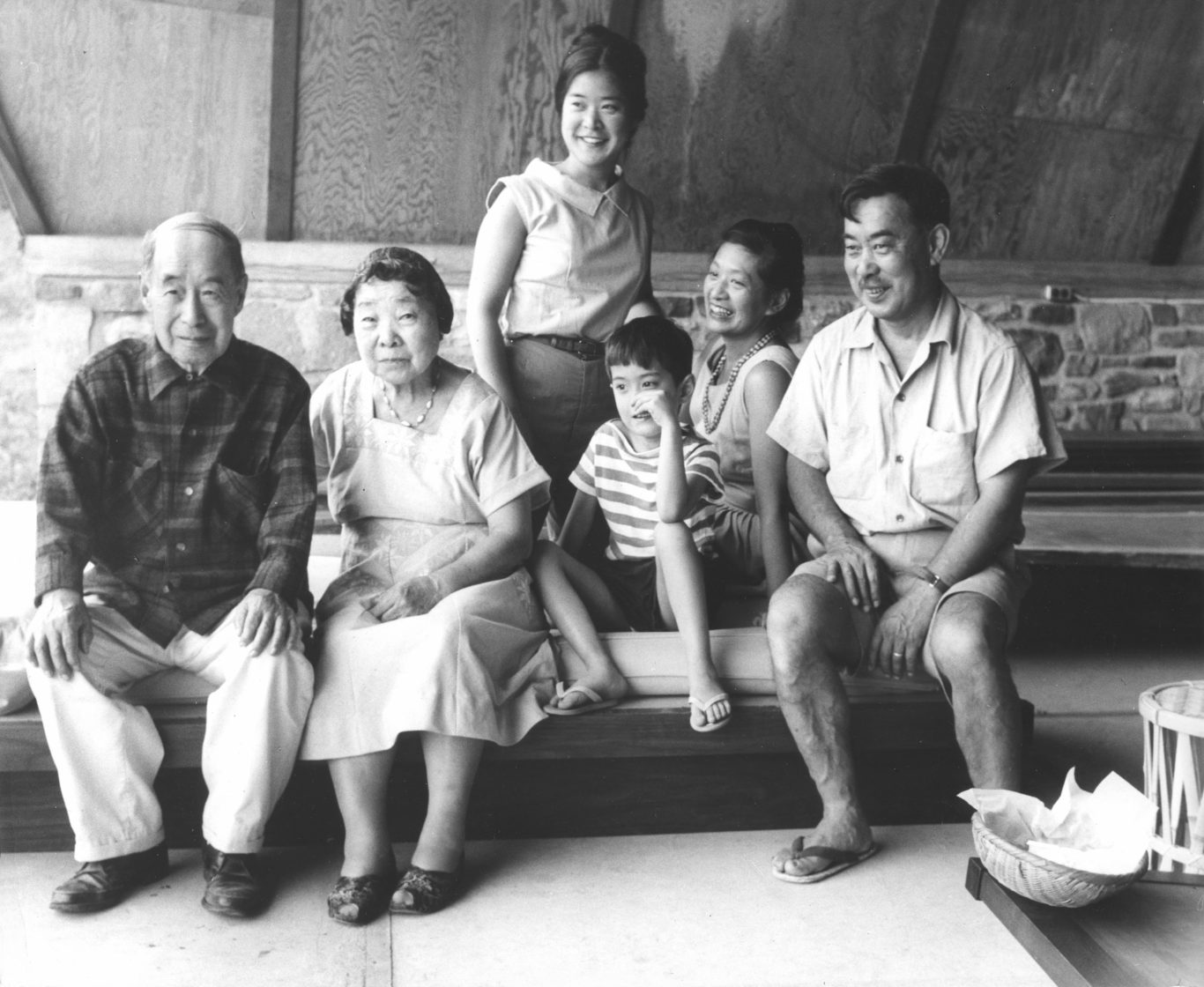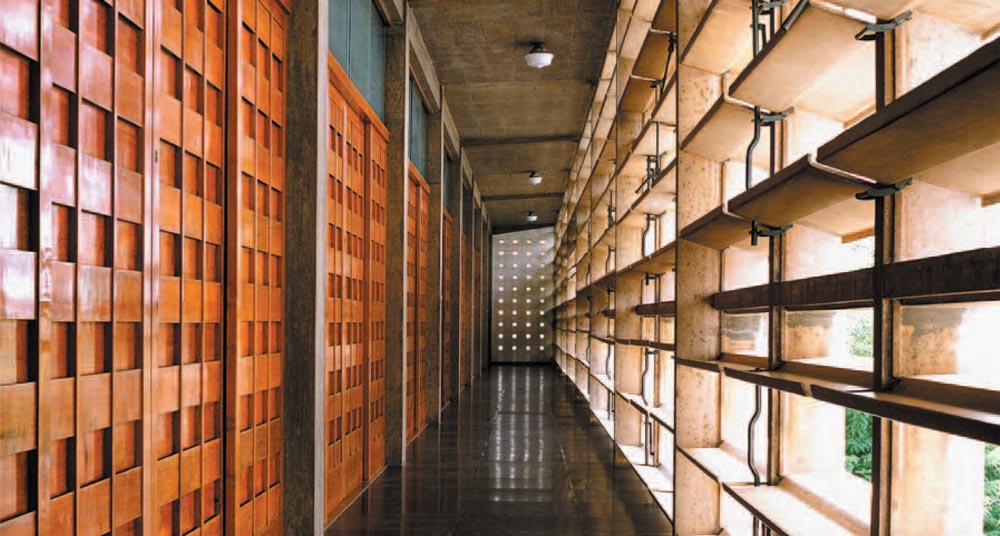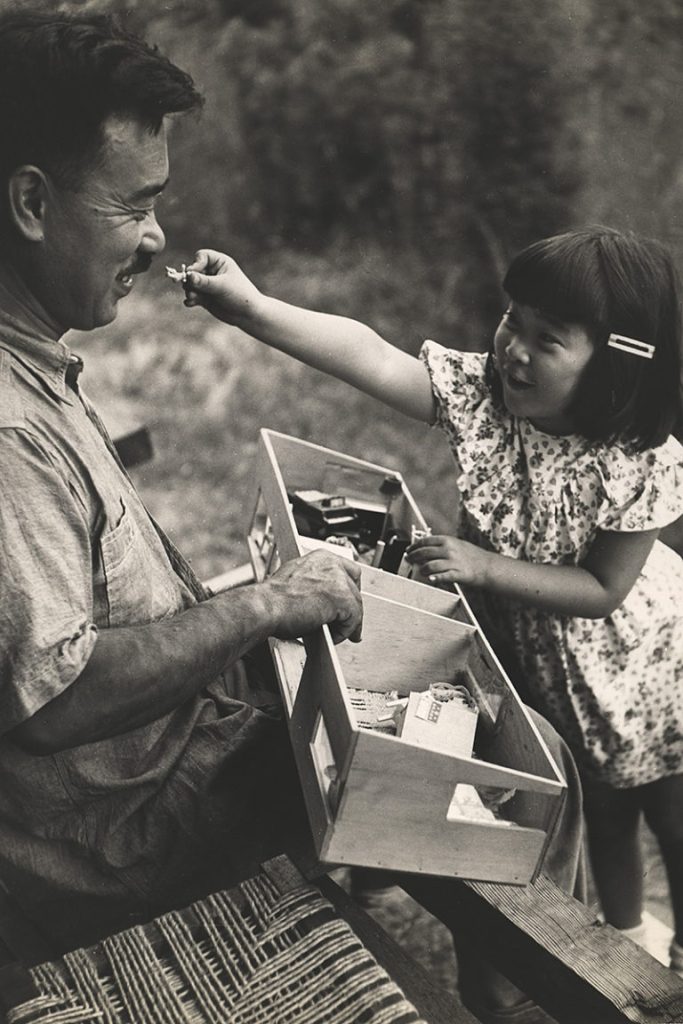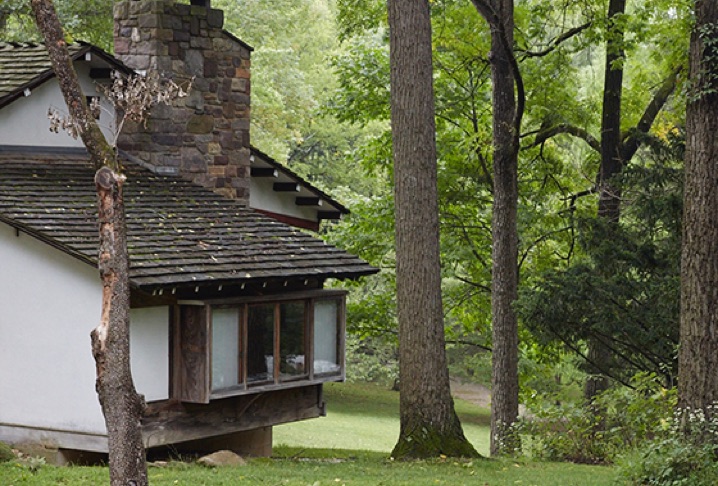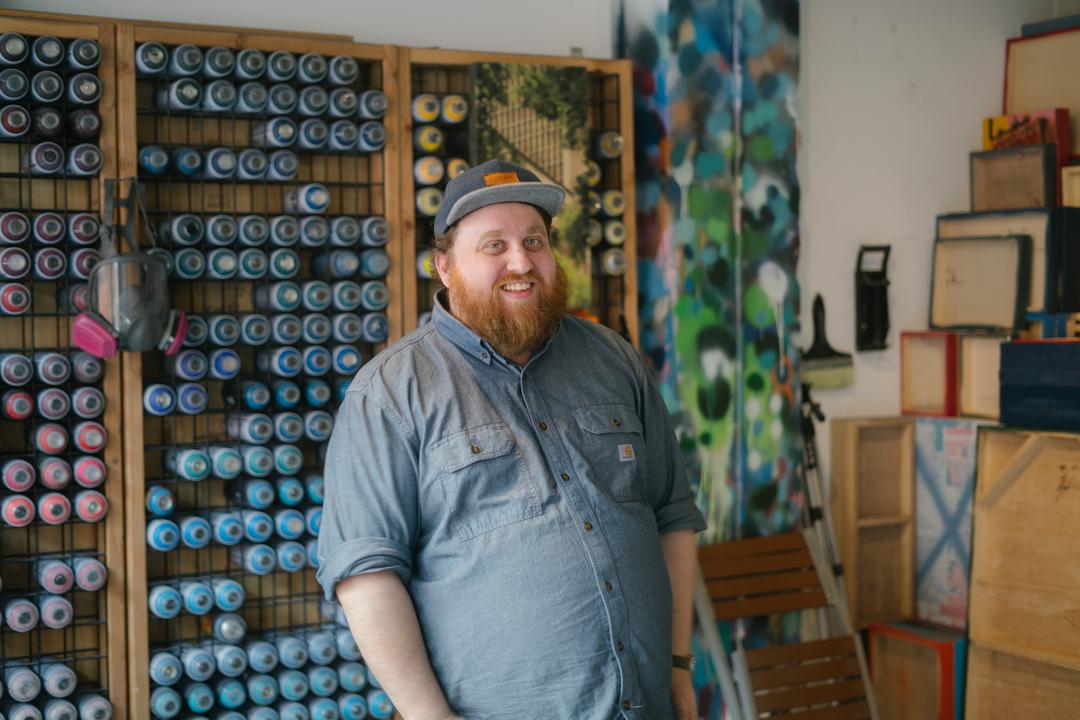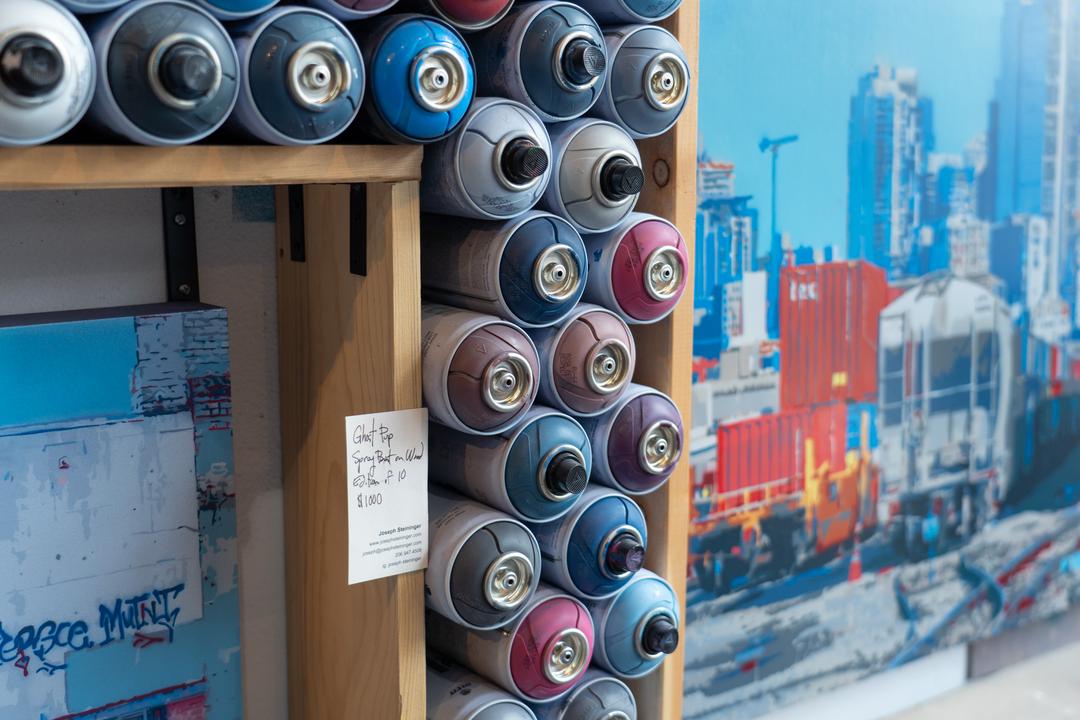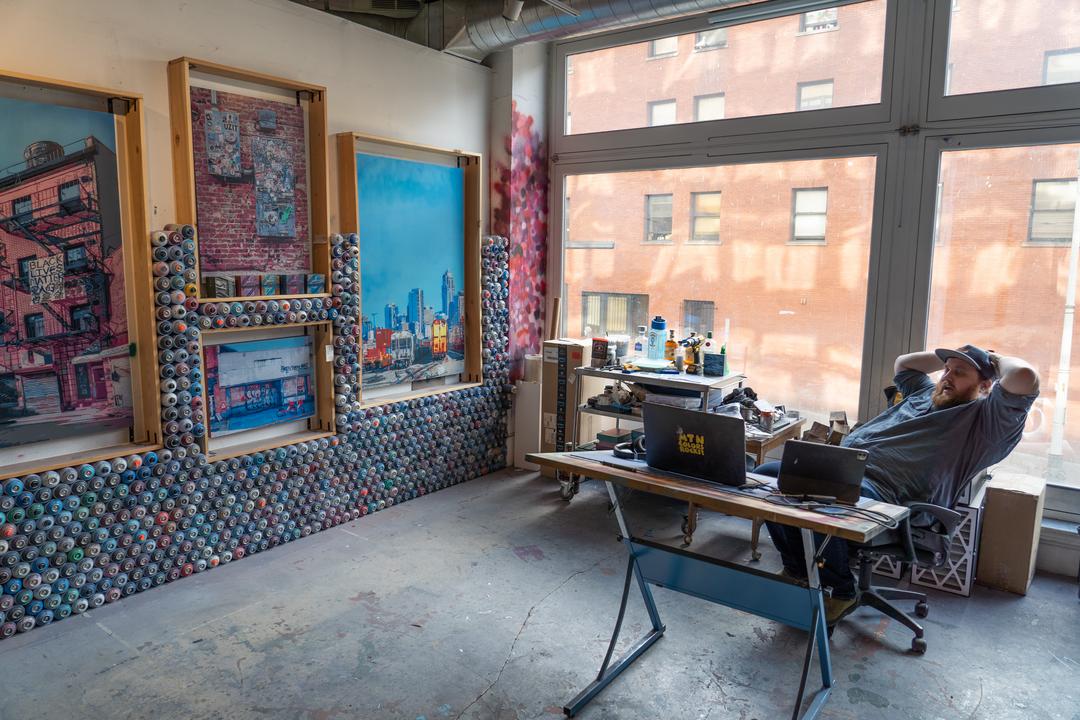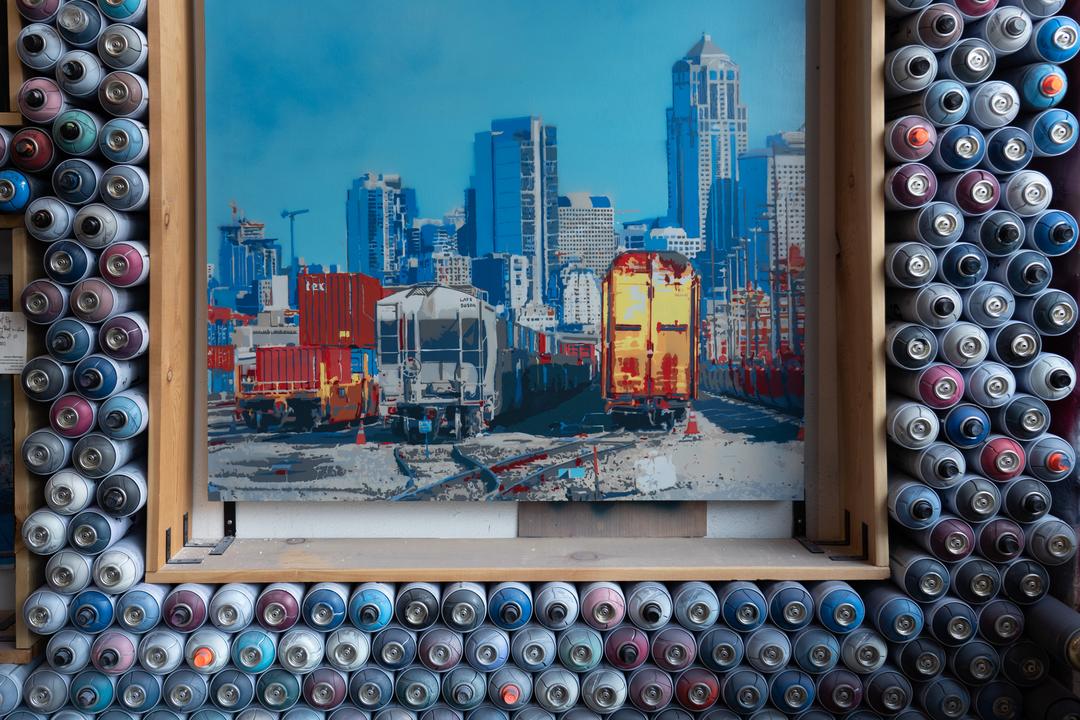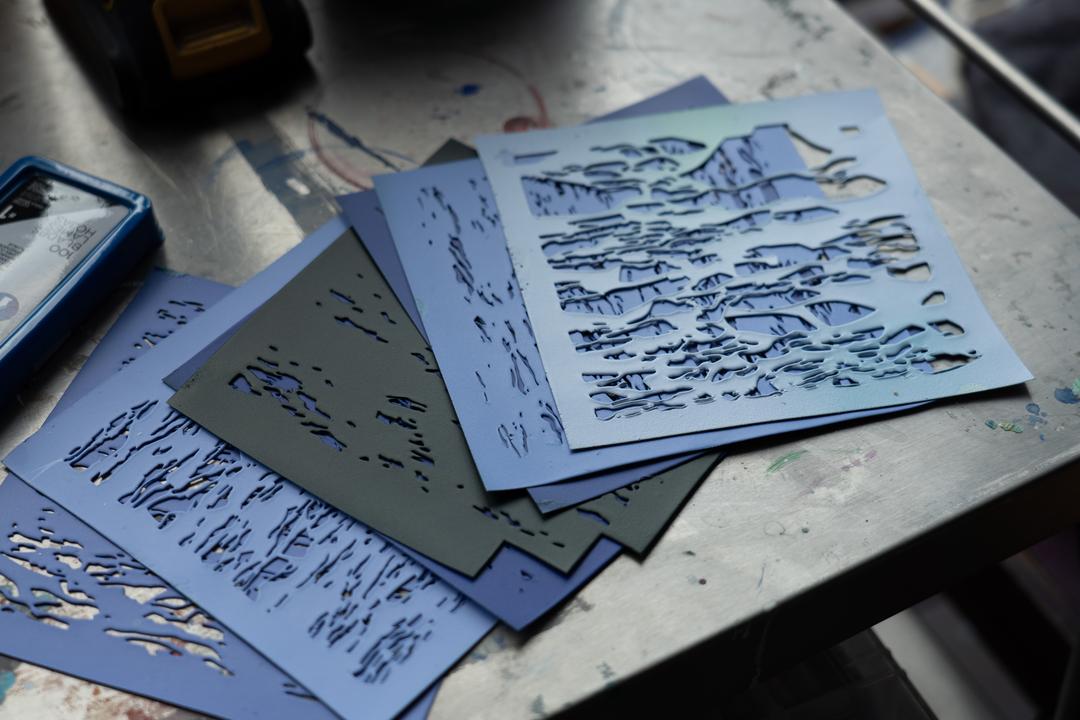A Second Chance at SAM: Emerging Arts Leader Jo Cosme Reflects
I began my SAM Emerging Arts Leader Internship in Graphic Design after returning from two back-to-back emotionally intense trips: One to the Whitney Museum of American Art in New York City to see No existe un mundo poshuracán: Puerto Rican Art in the Wake of Hurricane María and another to mi Tierra Natal (my Native Land), Borikén (colonially known as Puerto Rico). Why were these experiences so significant to my SAM internship? It’s because they’re what led me to SAM in the first place. I am a Boricua Caribbean Antillean (Native Puerto Rican), born and raised in the aforementioned archipelago of Borikén for 30 years of my life, and was displaced a year after Hurricane María to Seattle. This catastrophic climate event and its austerity measures took away everything I knew in the blink of an eye.
Like many individuals who suddenly find themselves in the US, I had to start my life over. Displacement and culture shock were much harder to navigate than I had expected, and I struggled internally with having to live in the country that’s been exploiting mine for over a century. Opportunities to further my creative career were few as I navigated speaking a second language while neurodiverse, with few established networking skills and no college degree. I was constantly being told by potential employers that although I had an impressive and diverse portfolio, I didn’t “have enough experience.” I felt like I was never going to make it here and considered quitting my passion of being a creative.
An internship seemed like the last best shot for me. I would have the opportunity to relearn everything I needed to know in English, get access to learn new programs at my pace, and could network in a professional setting directly tied to my career path. Eventually, I found SAM’s Emerging Arts Leaders Internship. I read up on the work their Equity, Diversity, and Inclusion department had been doing and I had already only heard great things about its director, Priya Frank. I immediately applied, and lo and behold, I was offered the internship. I couldn’t believe it. Finally, the opportunity I’d been hoping for and it was in a museum! As a creative, I was ecstatic.
Although I was super excited and grateful for the opportunity, I was also equally intimidated to start an internship in such a renowned museum. My impostor syndrome started kicking in. What if I’m not educated enough? What if my English betrays me? What if they use highly academic language and I don’t understand anything? What if my initial nervousness and shyness are misread as uninterested and/or unfit to be a good leader in this environment?
On my first day, I met Samuel Howes, SAM HR & Internship Programs Coordinator, and Ellie Vázquez, SAM HR Specialist. They were very welcoming, careful with their explanations of the museum’s functions, willing to answer questions, and provided a very laid-back, seamless process for what may have been a super stressful experience at other workplaces. I was then welcomed by my department supervisor, Natali Wiseman, and was introduced to the rest of the marketing team as well as some folks from the education team that I’d be working with. Nicole Henao, SAM Manager of Teen & Family Programs, happened to be a Boricua Native to Borikén too, which I only found out because I happened to leave some coquito behind in the staff fridge. I also befriended two Visitor Services Officers—Monique from Taiwan and Marcela from Chile—and later met SAM Volunteers Ying from China and Elba from Argentina. It was great to connect with people who, like myself, had to “brincar el charco” or “cross the waters” in search of a new life. All of this to say, I was very pleased to see how many different stories, languages, and backgrounds I encountered in every department and how wonderful and welcoming everyone was.
As part of my graphic design internship—and because I’m a self-proclaimed Swiss Army knife (meaning I’m good at wearing many hats)—I got the chance to design many museum ads across different platforms, take photos of artworks on view, and help create a video about the Emerging Arts Leader experience that will premiere on SAM Blog in the coming months. I’m excited to include all of these new experiences in my portfolio and am also very pleased to have had the chance to polish my skills, learn new tools, and make new connections at SAM.
Two projects that stuck out for me were designing the lockup for the 2022–23 Teen Arts Group exhibition, Home is Where the Heart Is, and working on new, multilingual ads for the Seattle Asian Art Museum. I related closely to many of the themes explored in Home is Where the Heart Is, including family, displacement, and longing. It’s like the universe was telling me: “Oh, you just got back from visiting the home you miss dearly, so here’s a chance for you to create this design from your unique perspective”. I developed a palette based on a few colors the teen leaders had chosen, and within those found swatches that reminded me of Old San Juan and the sunsets on my favorite beaches in Cabo Rojo at home. I know firsthand how it feels to live in a displaced body and be forced to learn new interpretations for what home can be. My heart continues in Borikén with my land, friends, and family, but I have been able to make a home here in Seattle too with my three amazing Boricua housemates and my two beautiful partners. I’m happy the team was very willing to let me include my unique experience to this design and was thrilled to hear that the education team loved it.
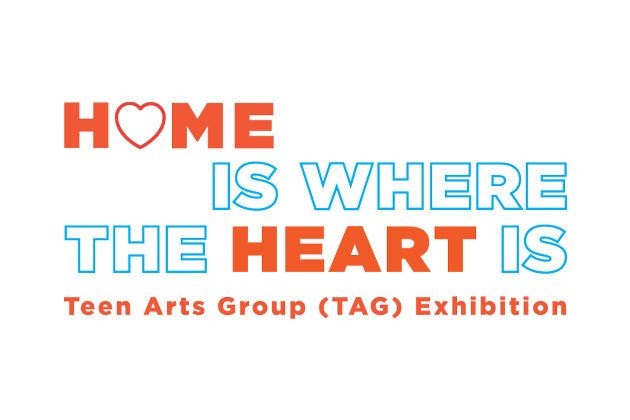
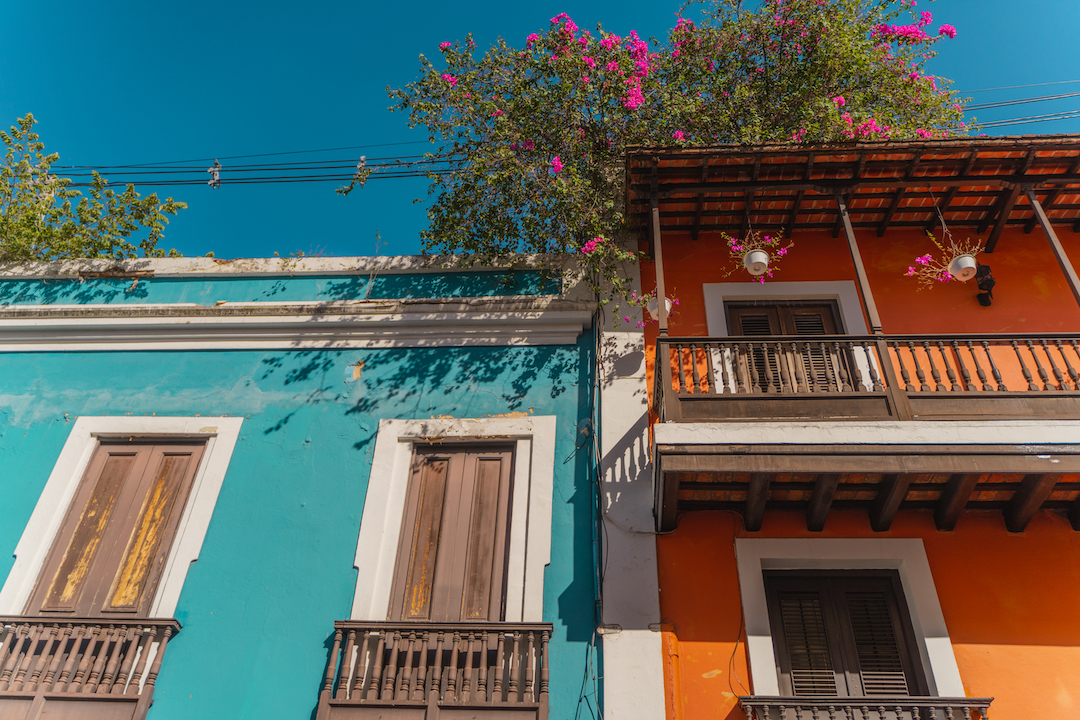
As my internship comes to a close, I feel a lot more confident in pursuing my creative career and starting all over again. I’m sure it will still be hard, but having had this experience at SAM injected me with the hope and confidence I had long lost after losing so much to Hurricane María. I will look back on this experience and feel nothing but deep gratitude for each person I met at SAM. I also want to extend a special thank you to staff members Priya Frank, Samuel Howes, and my two incredibly talented supervisors Muneera Gerald and Natali Wiseman for believing in me and creating a space that people like myself are so eagerly in search for: a second chance.
– Jo Cosme, SAM Emerging Arts Leader Intern in Graphic Design
Photos: L. Fried.
